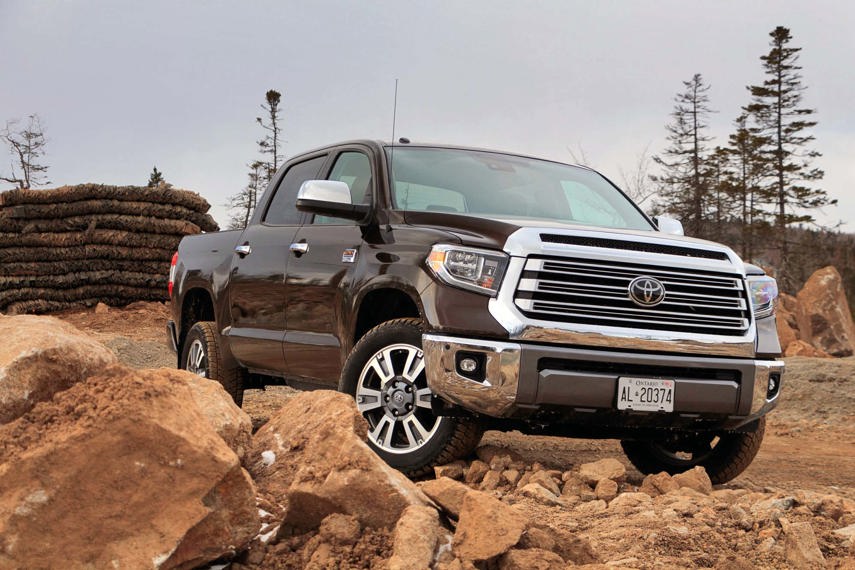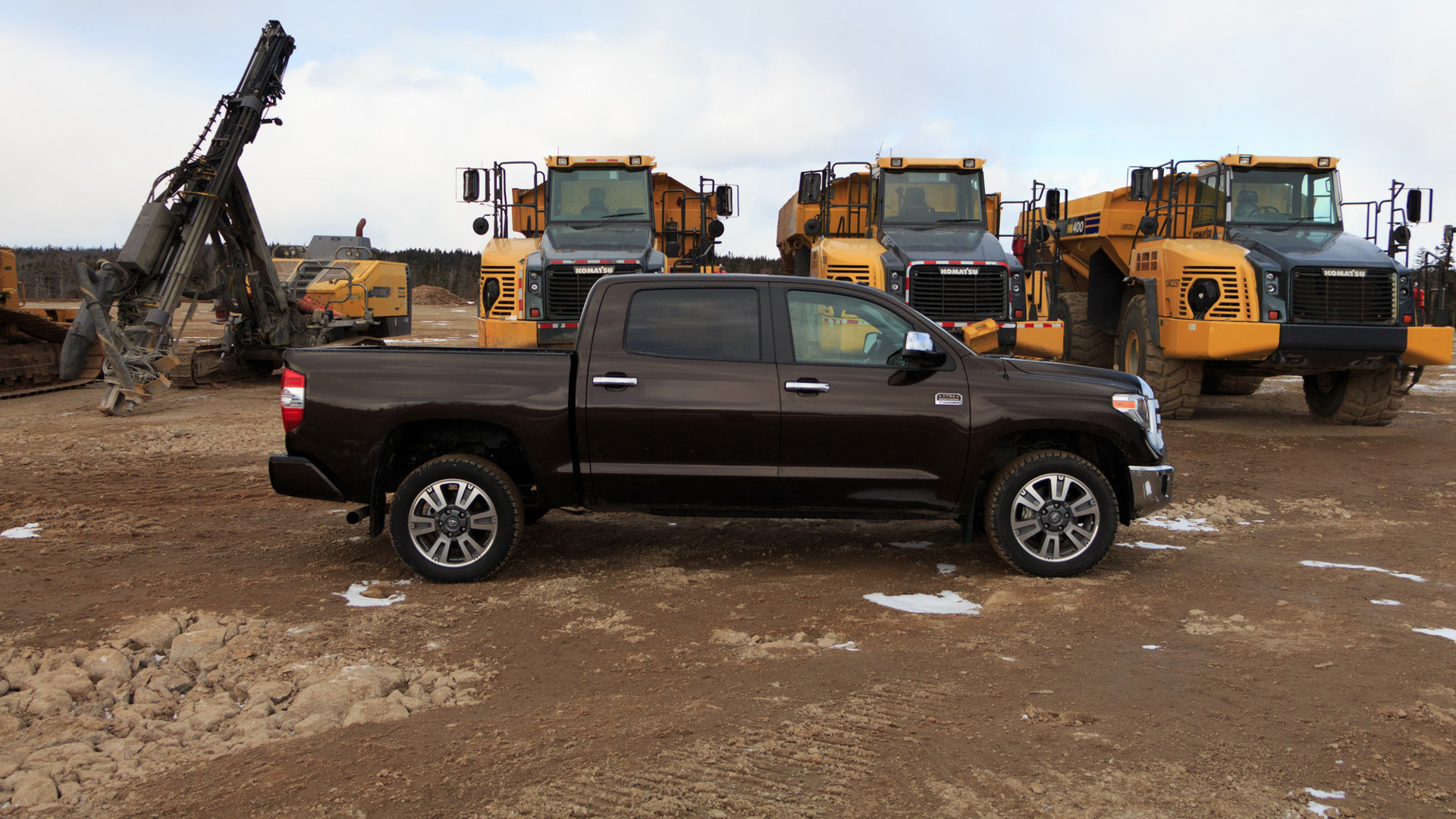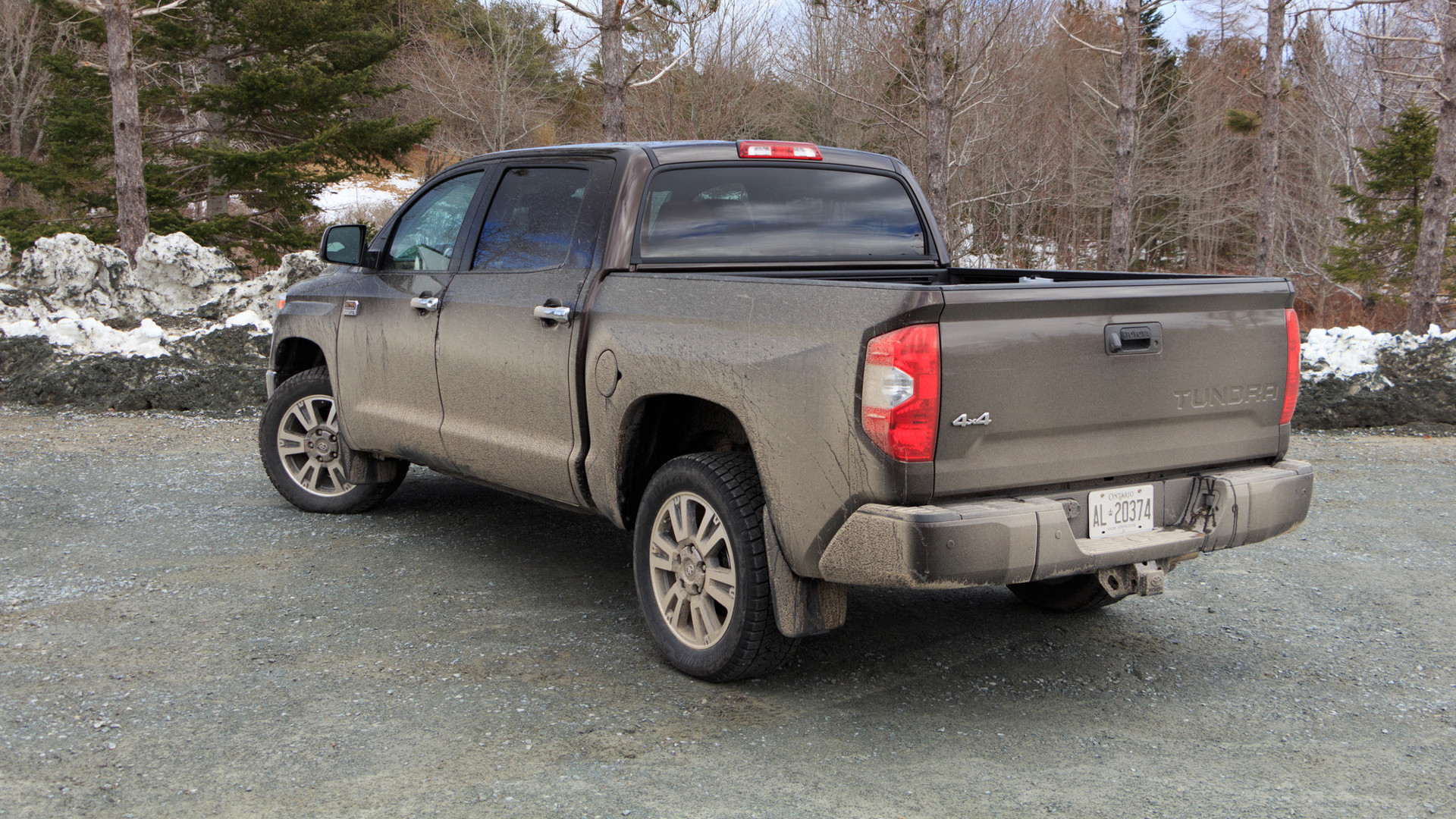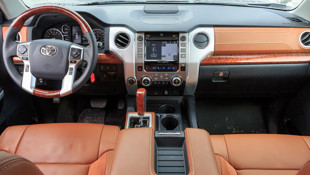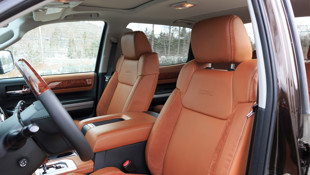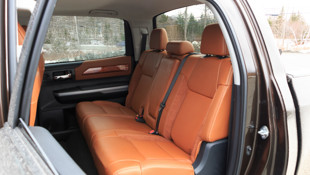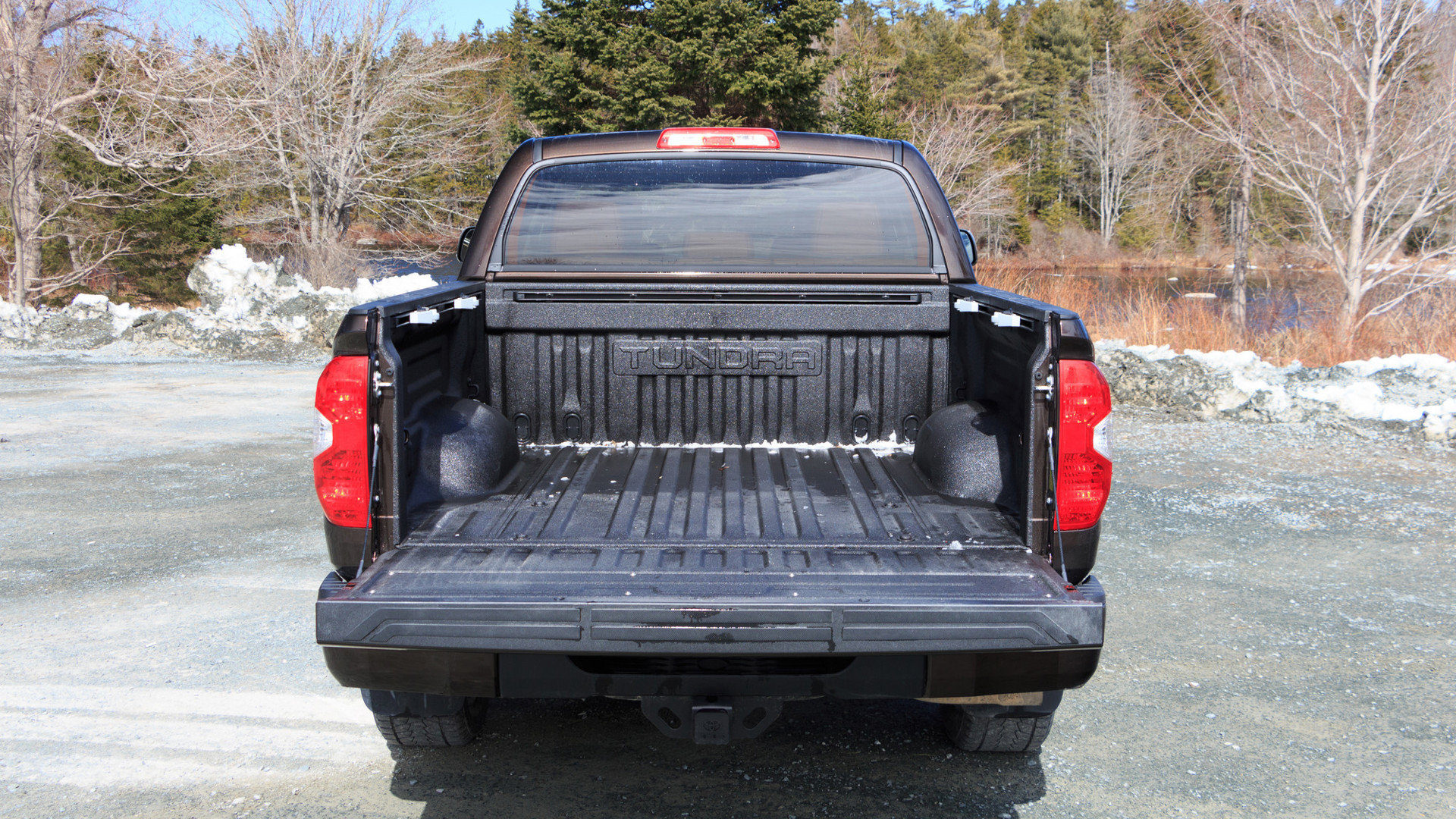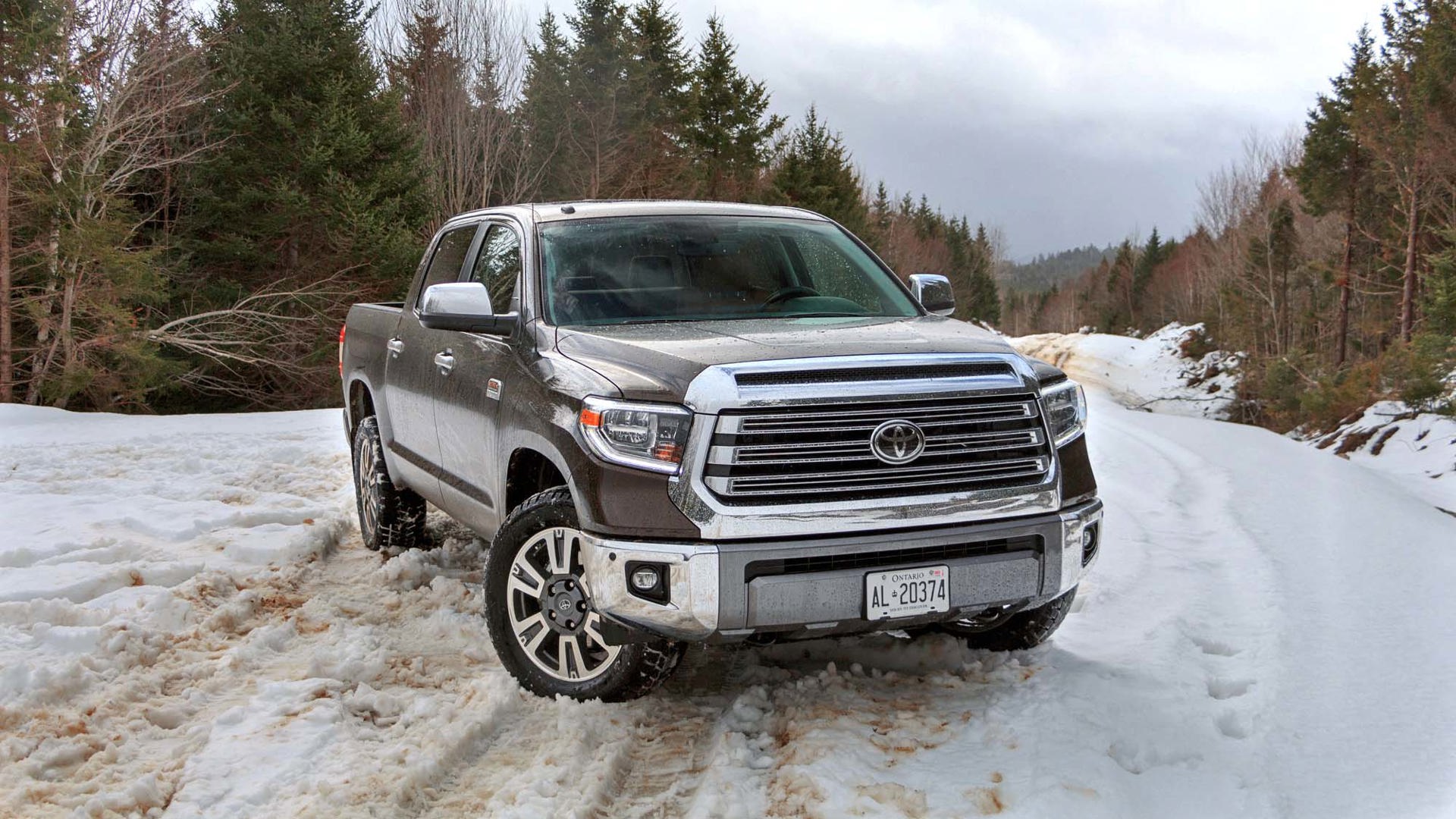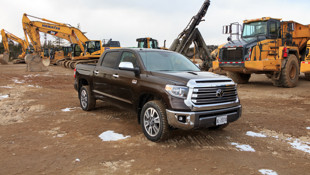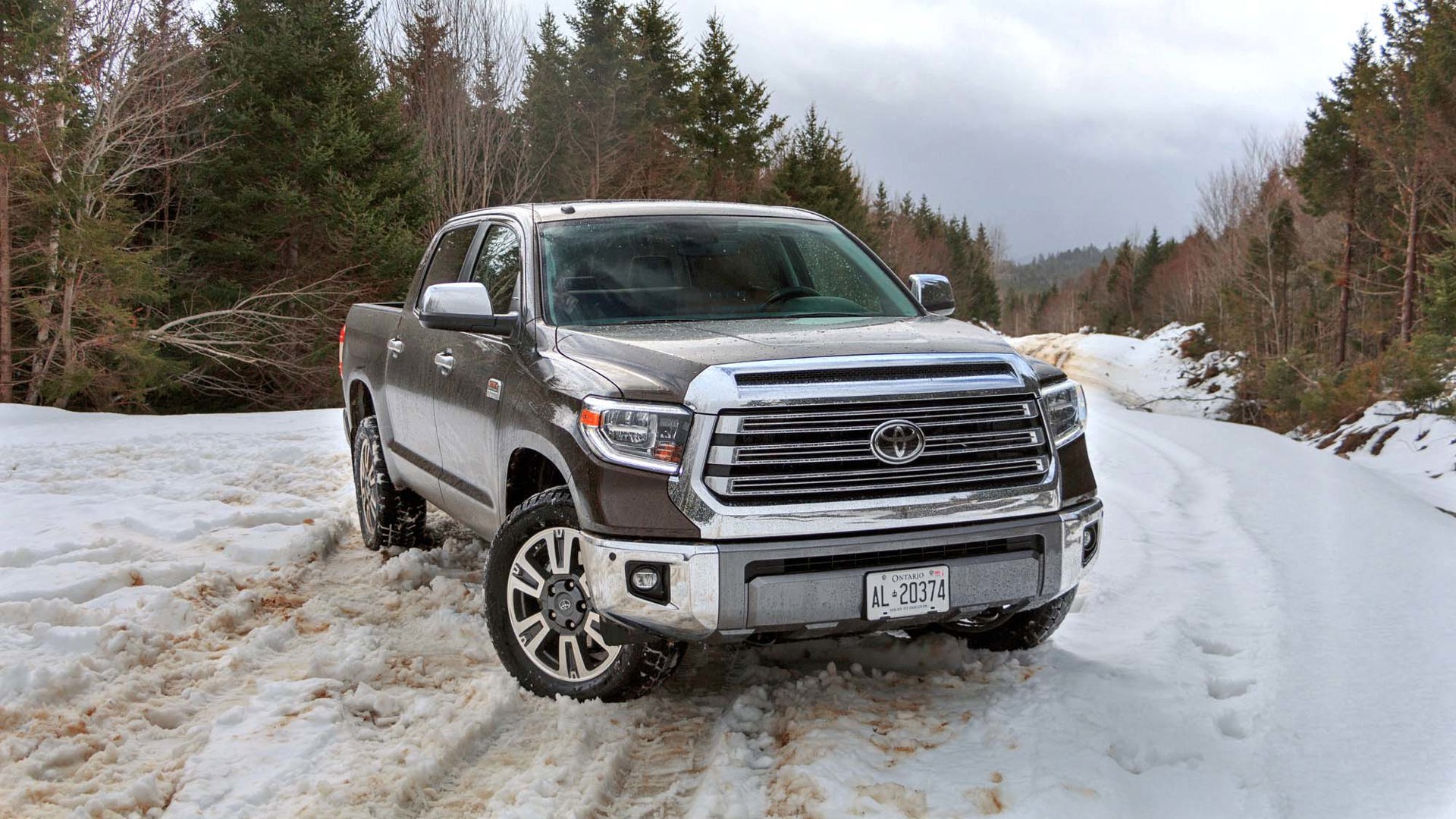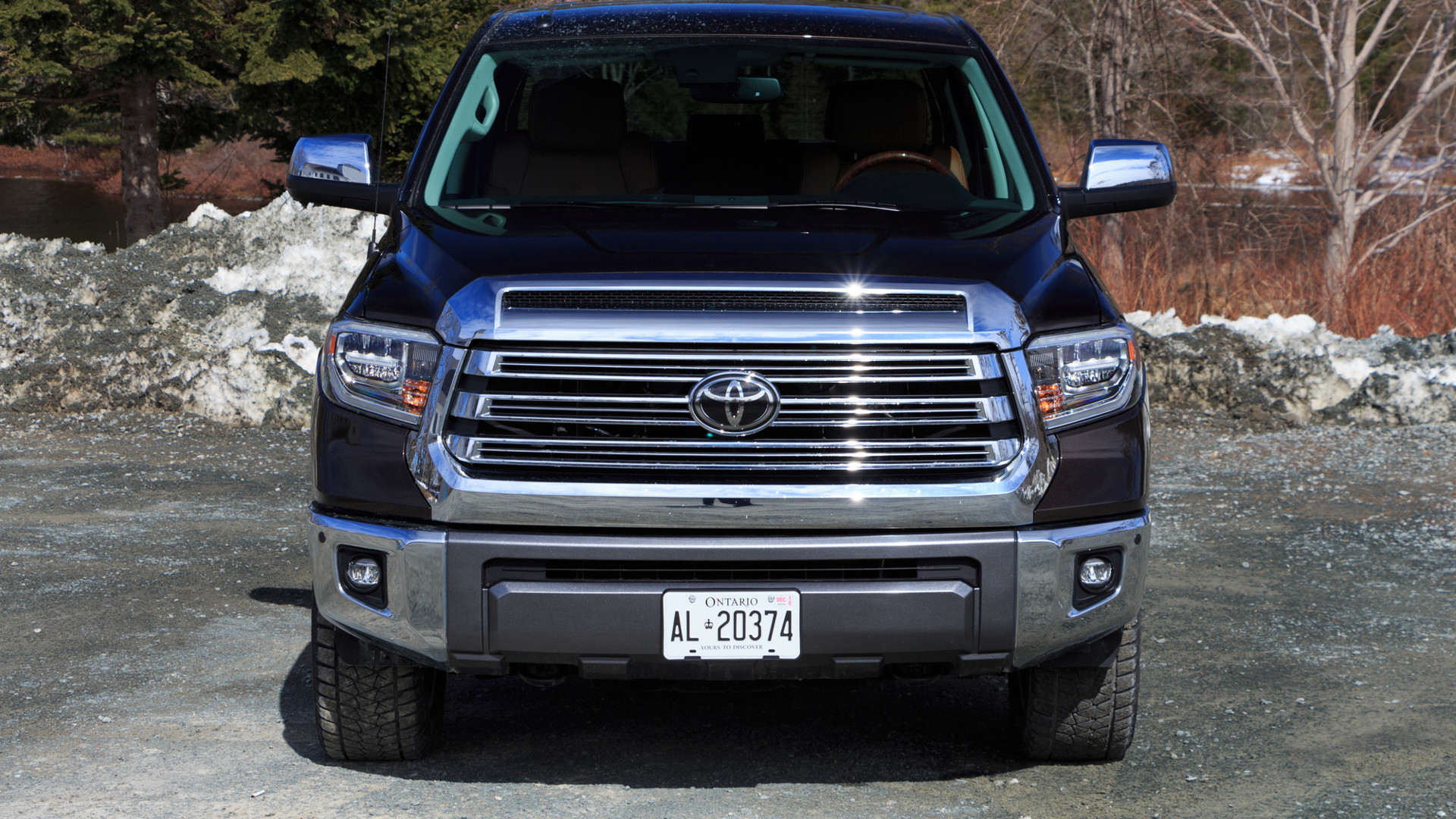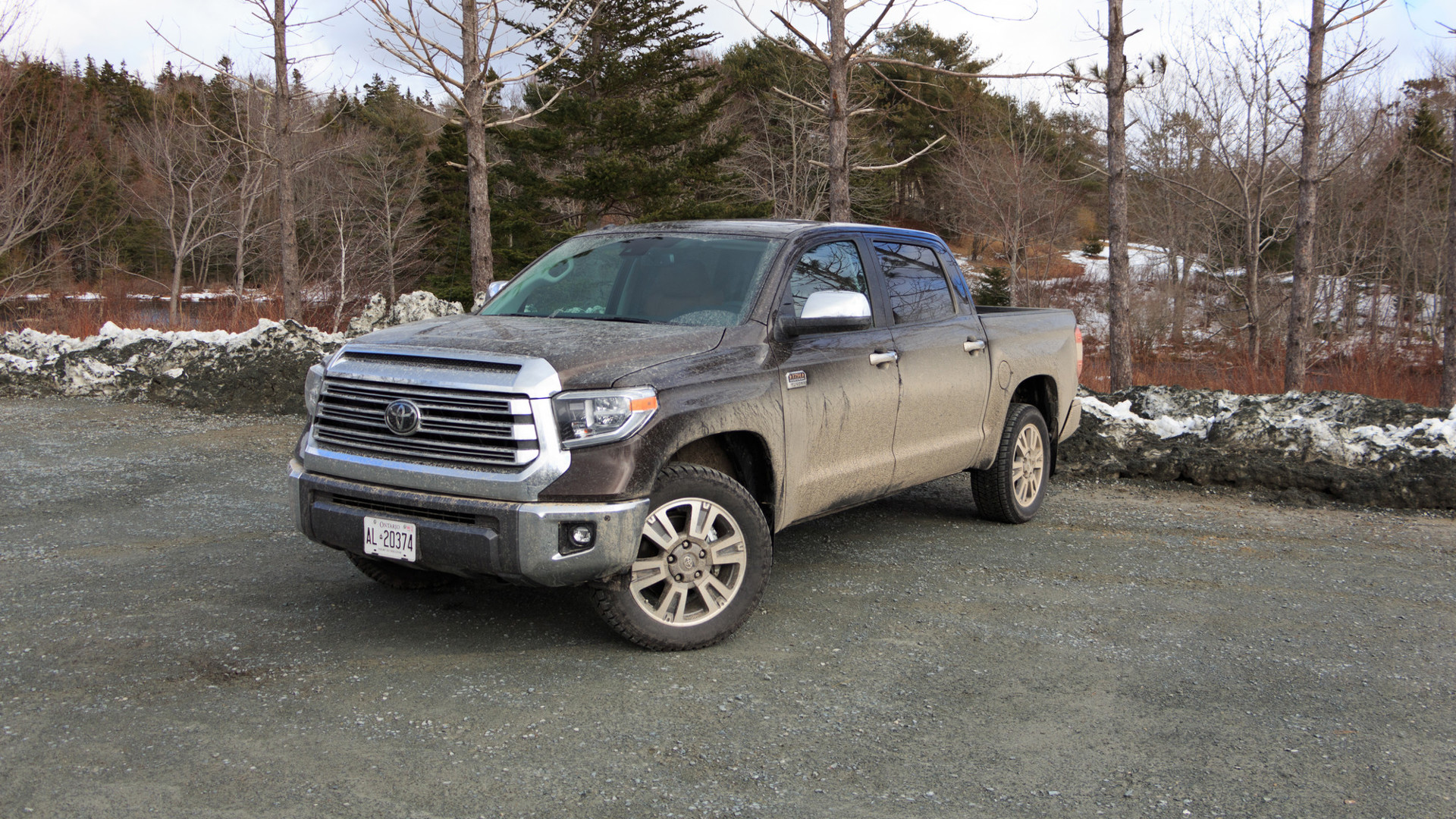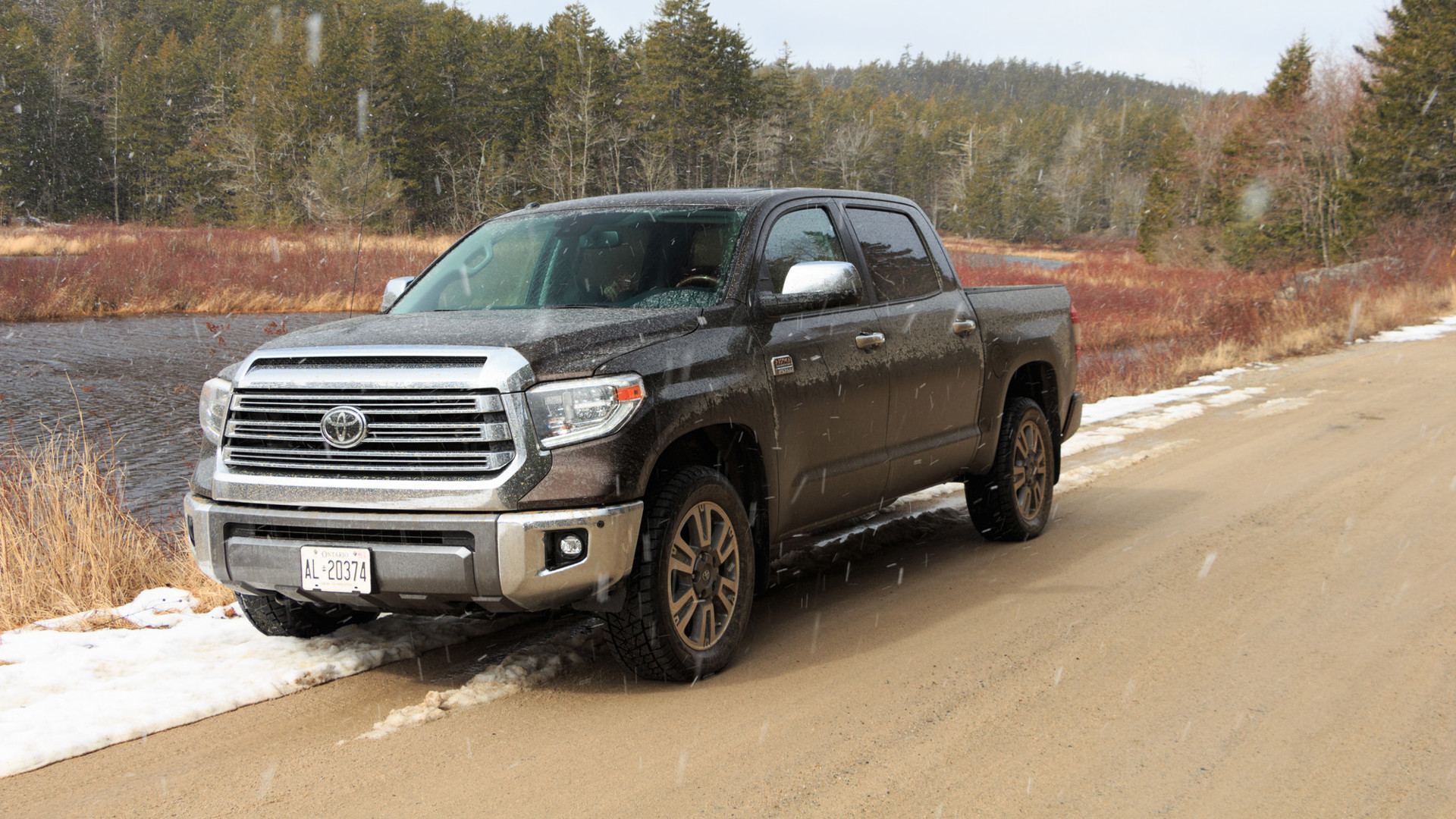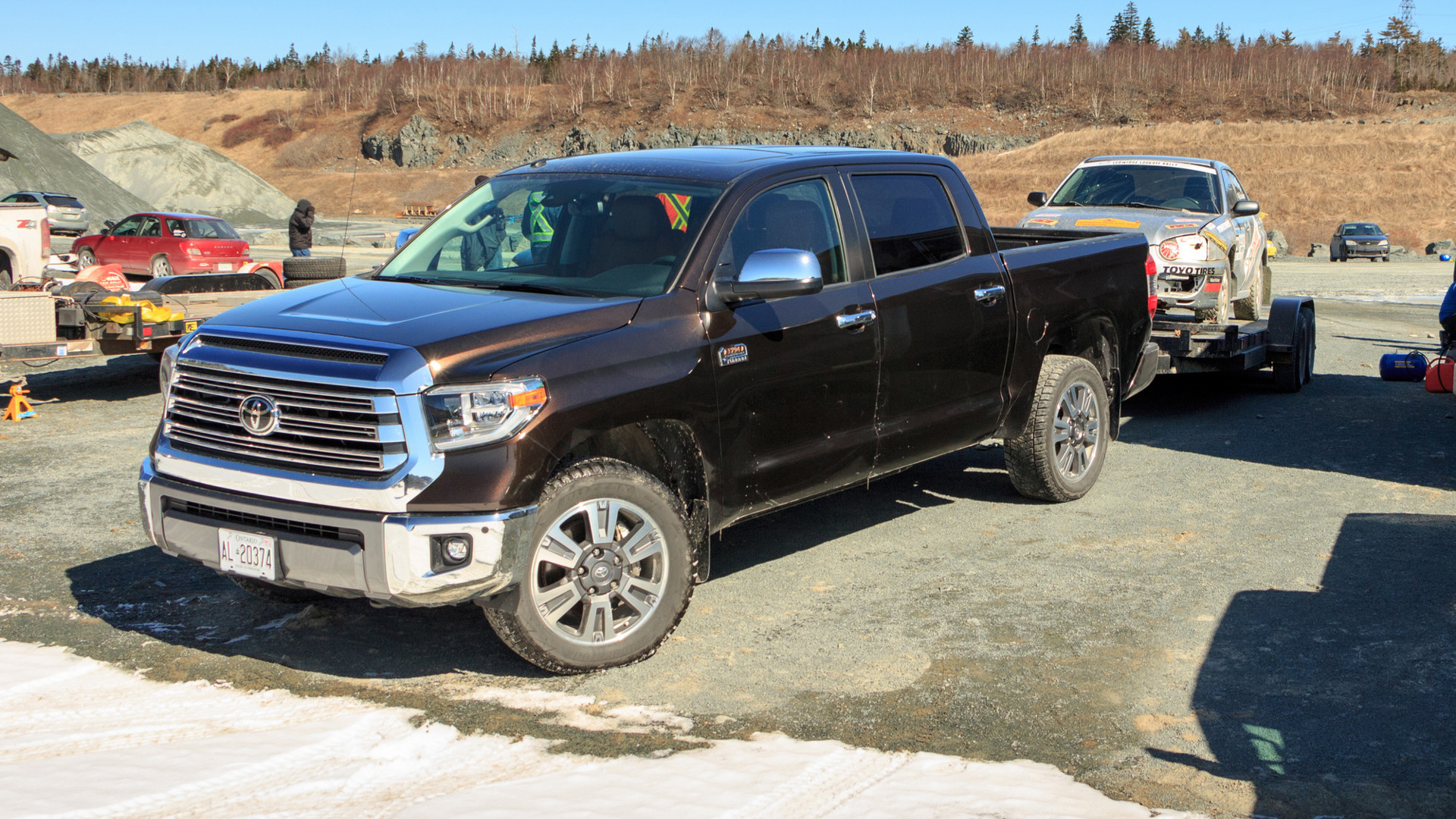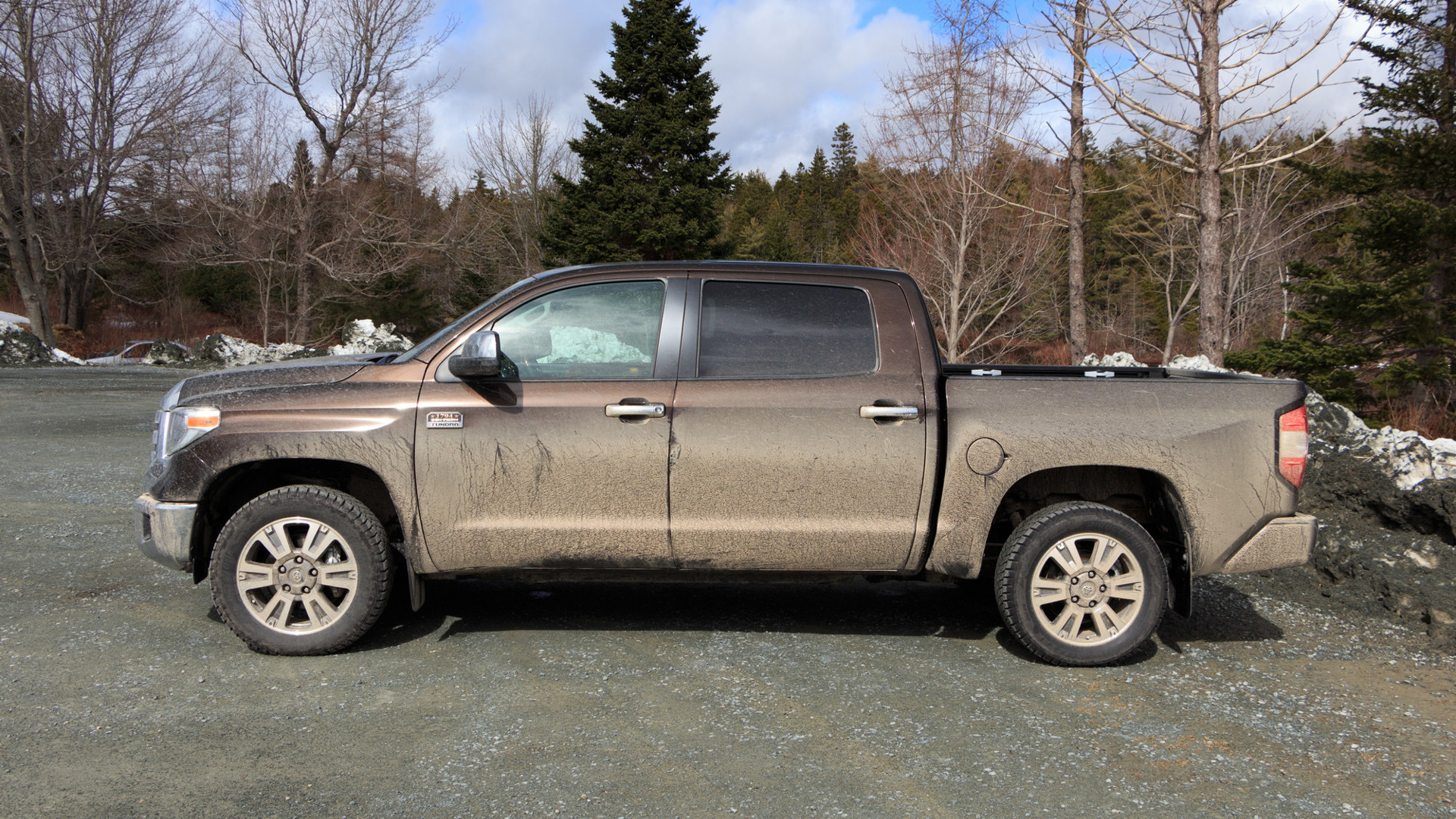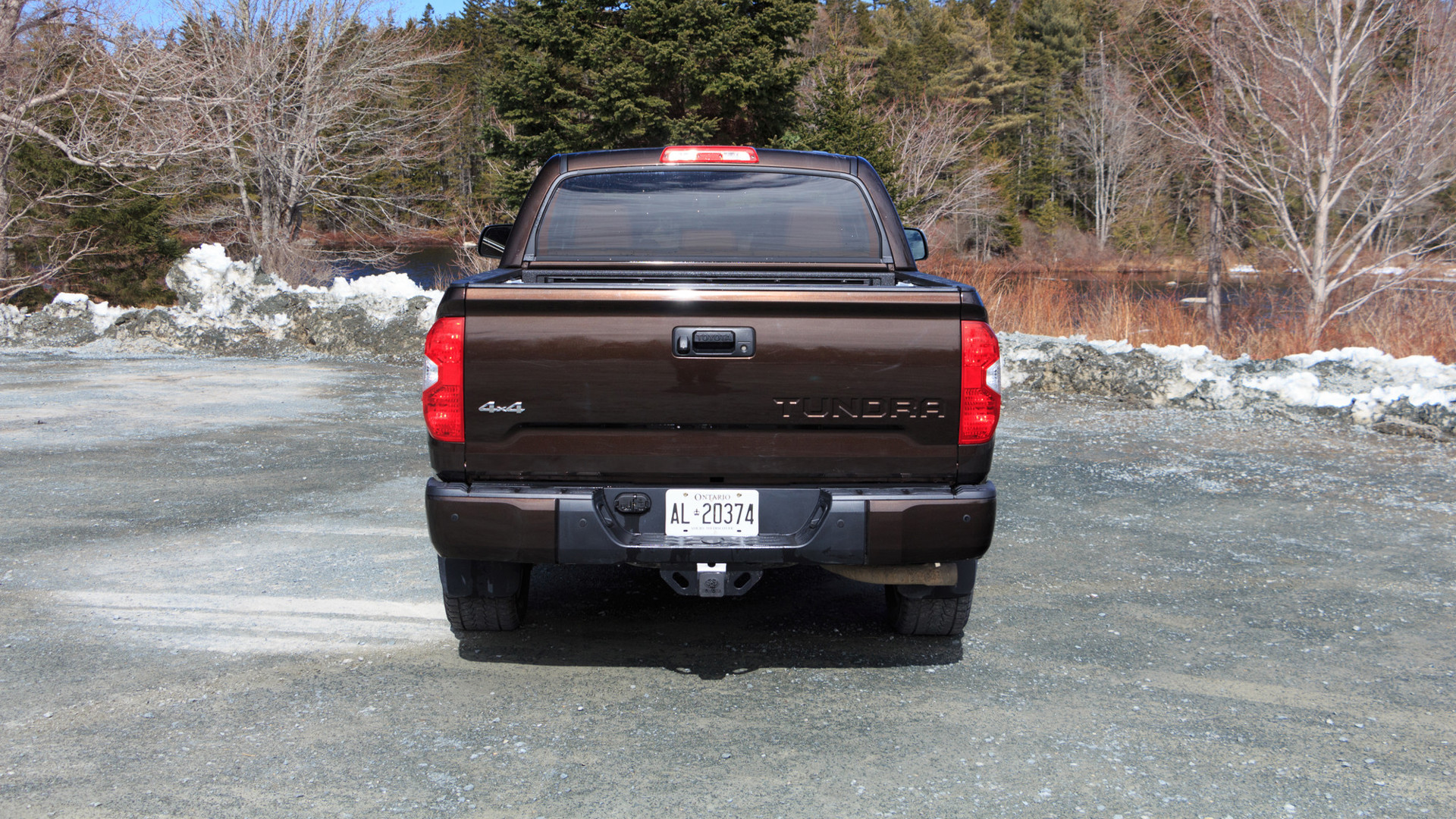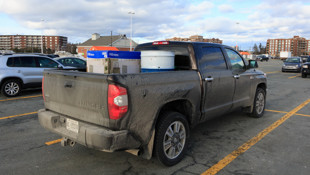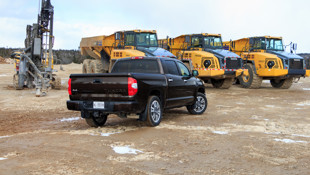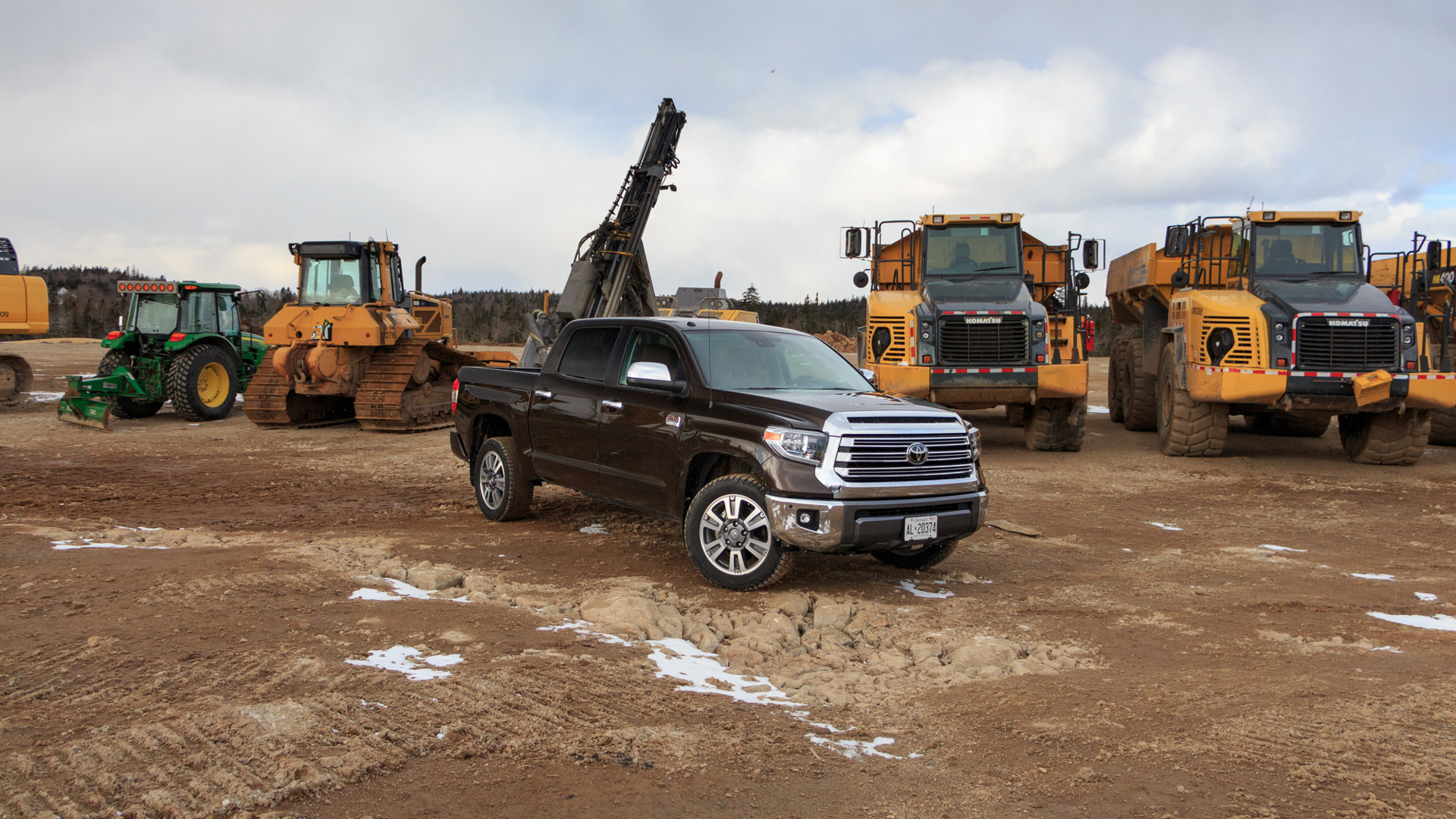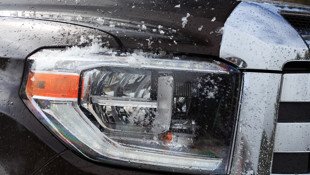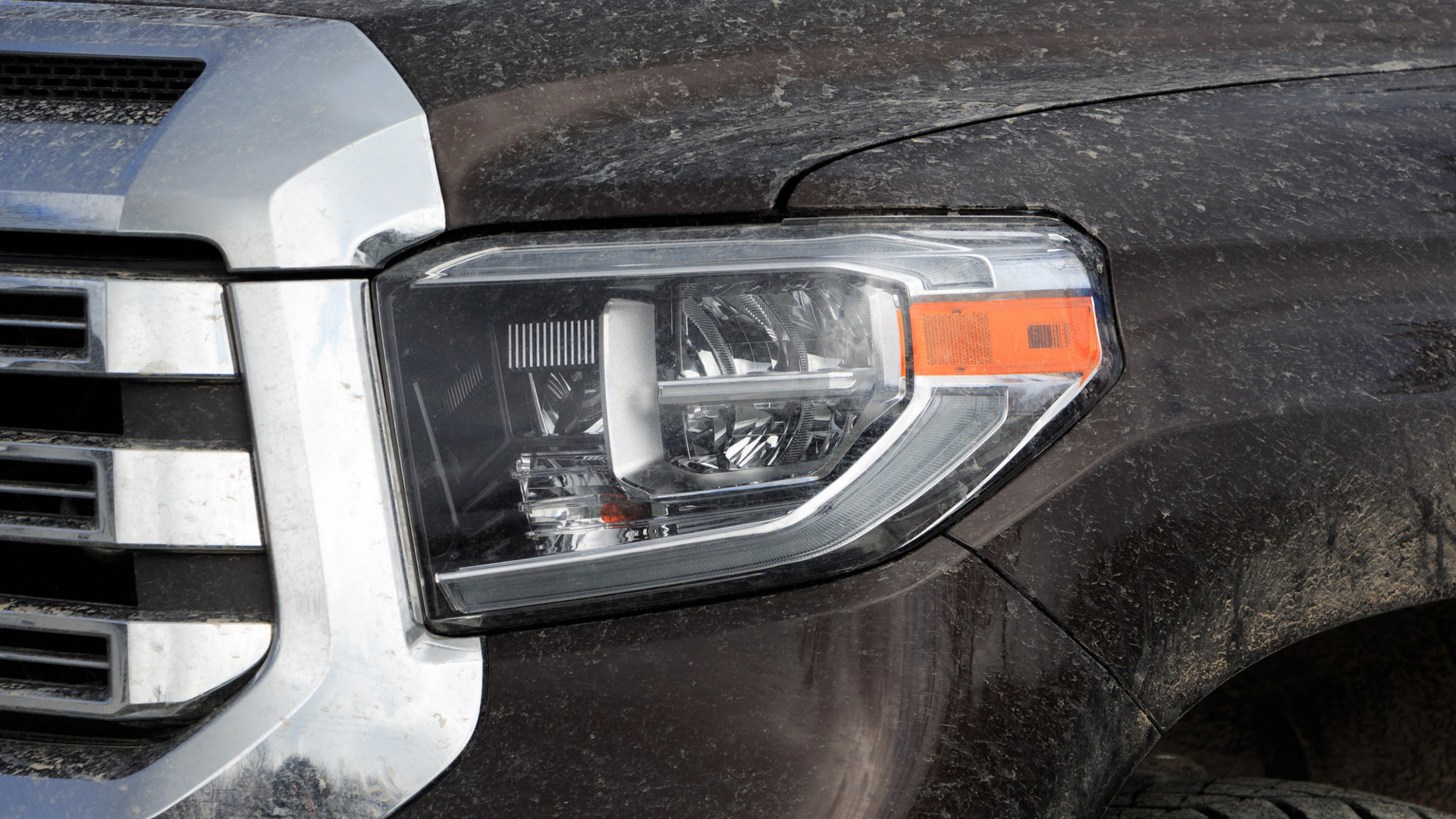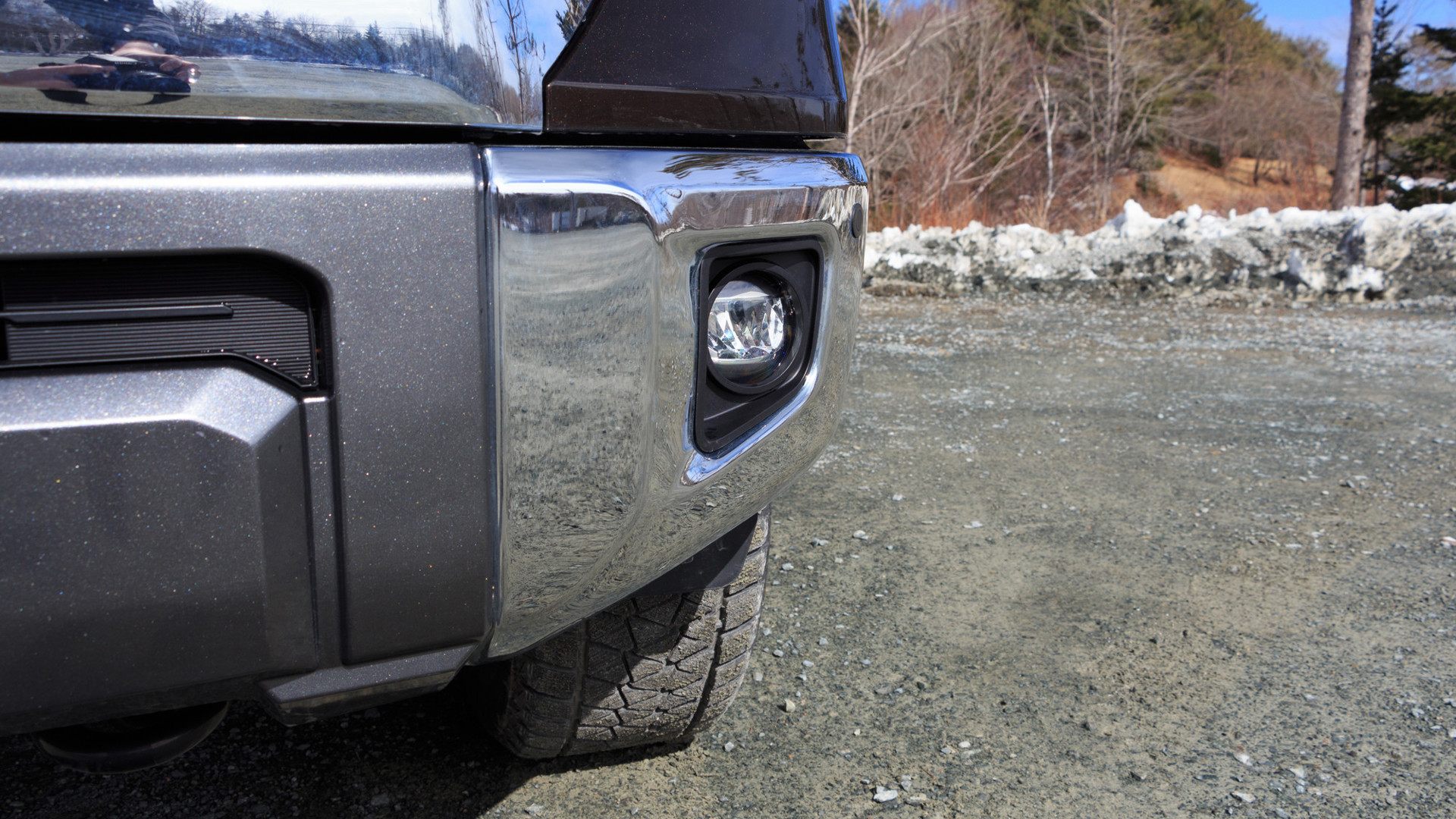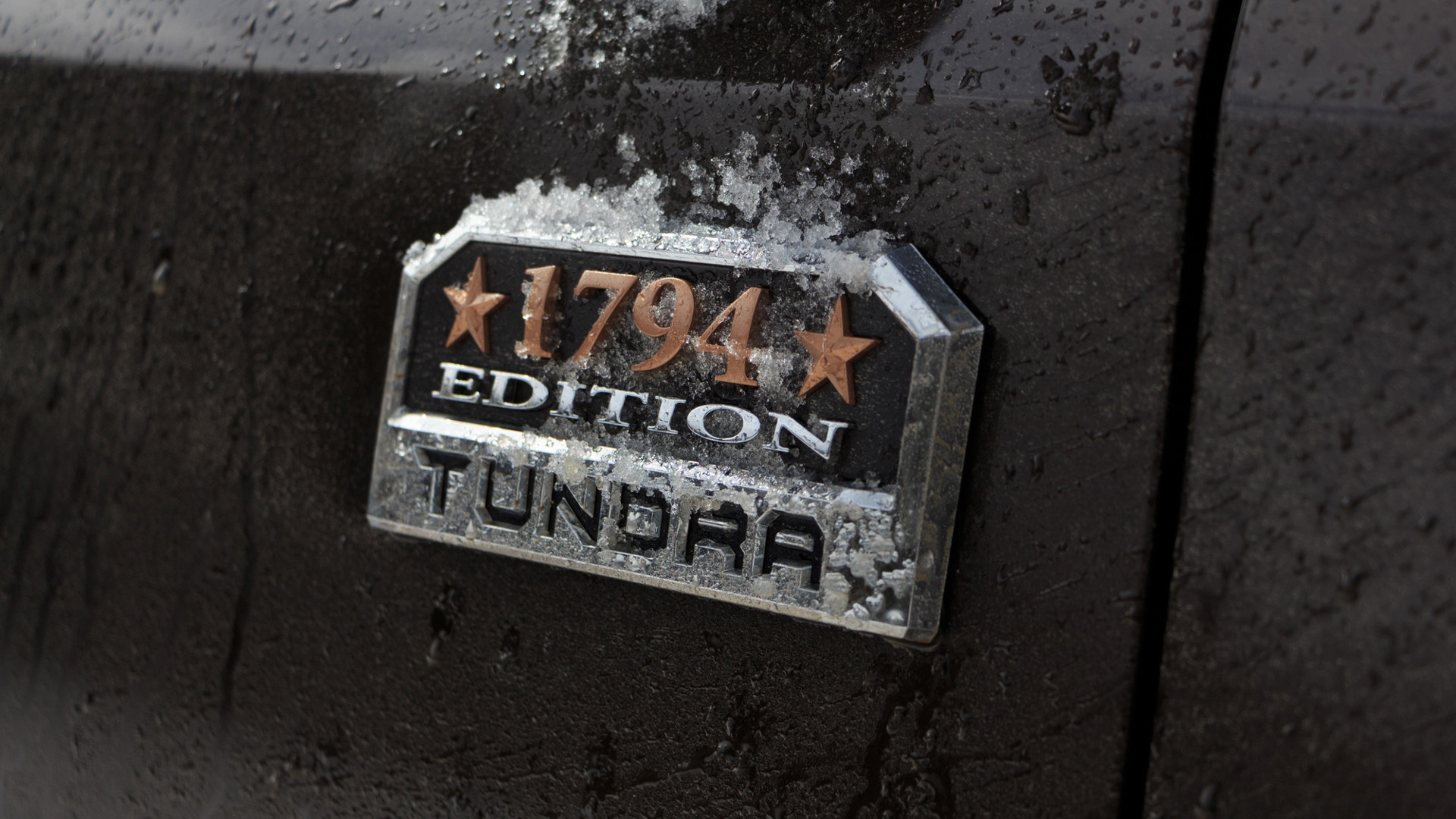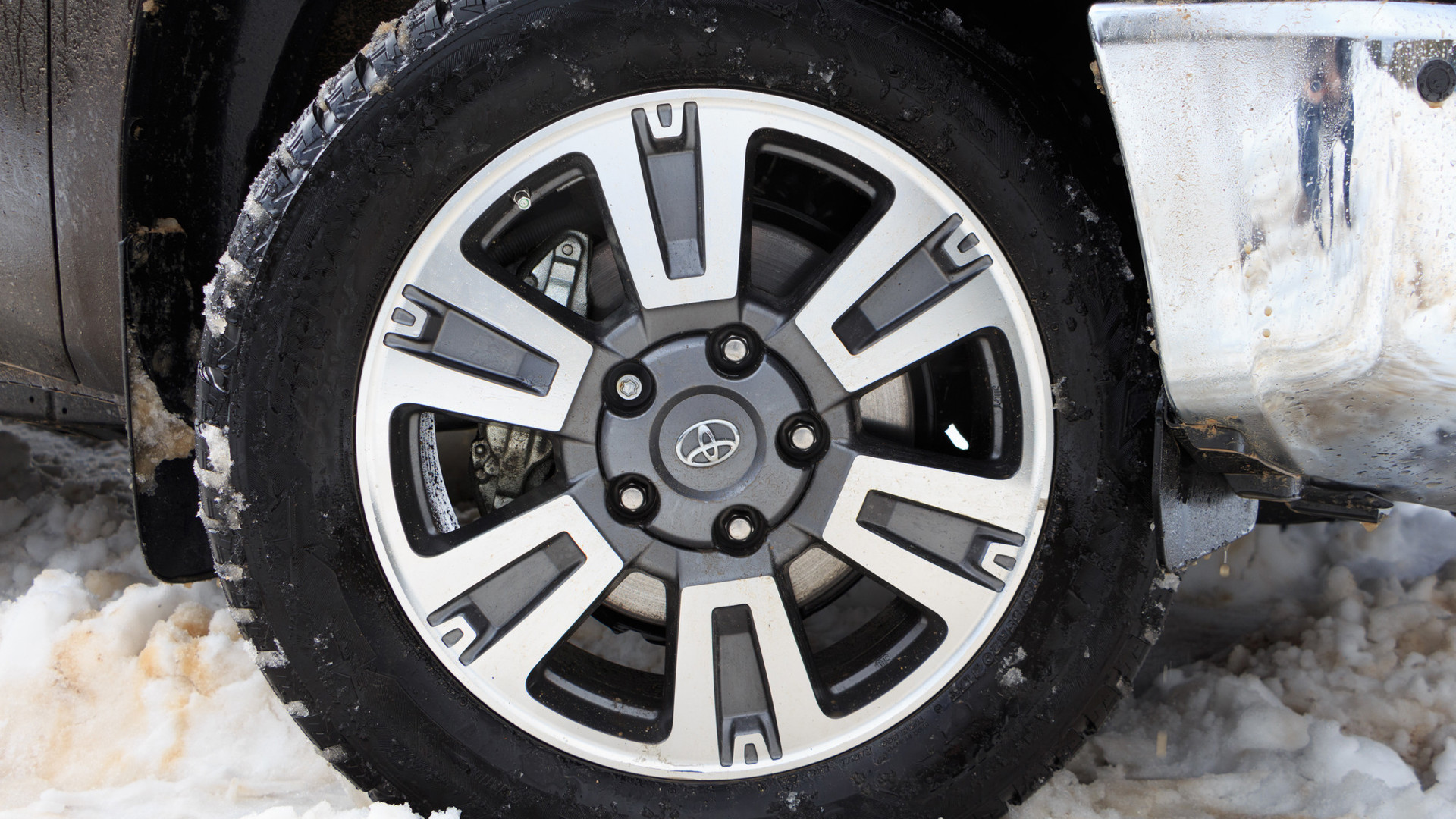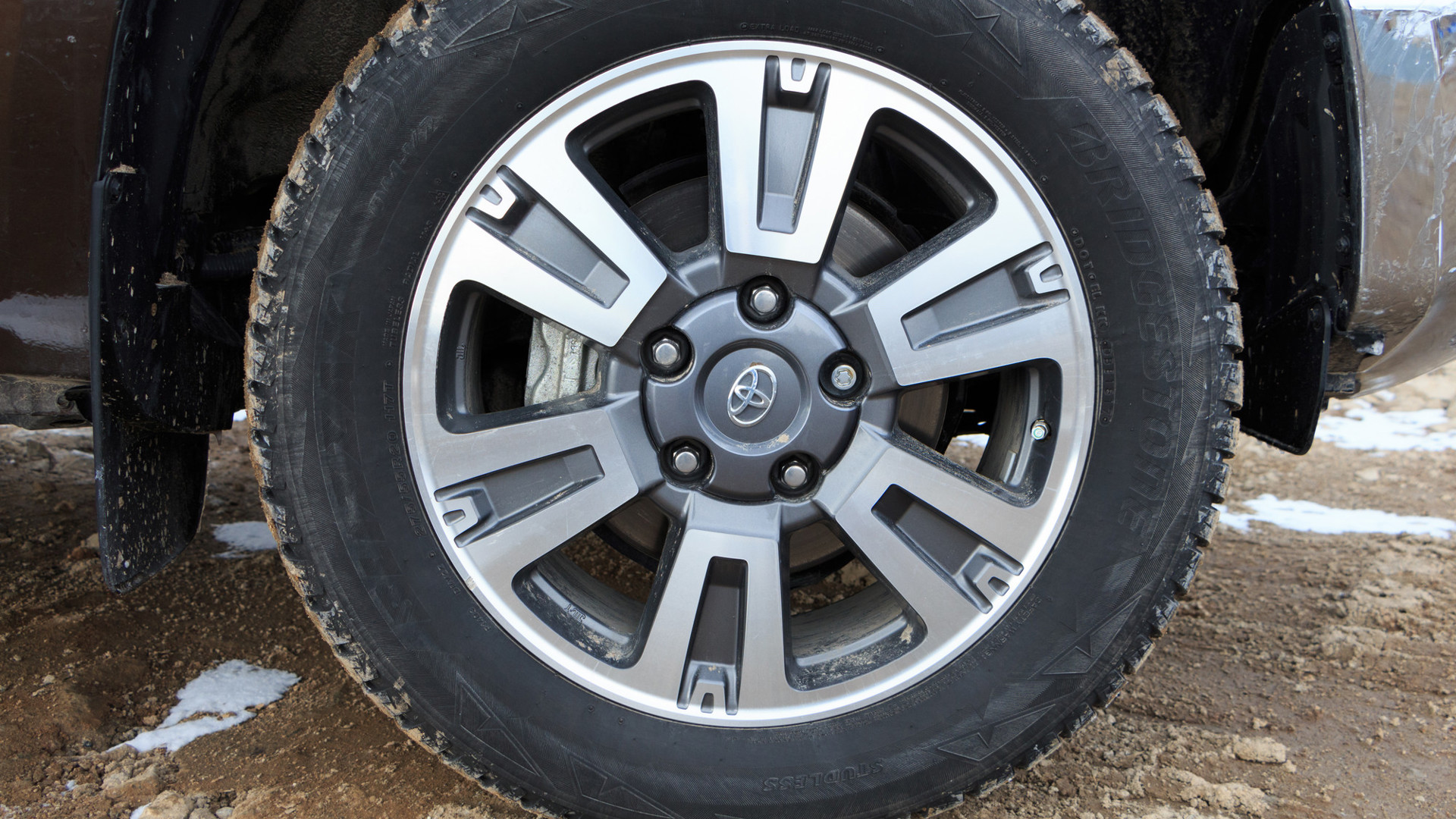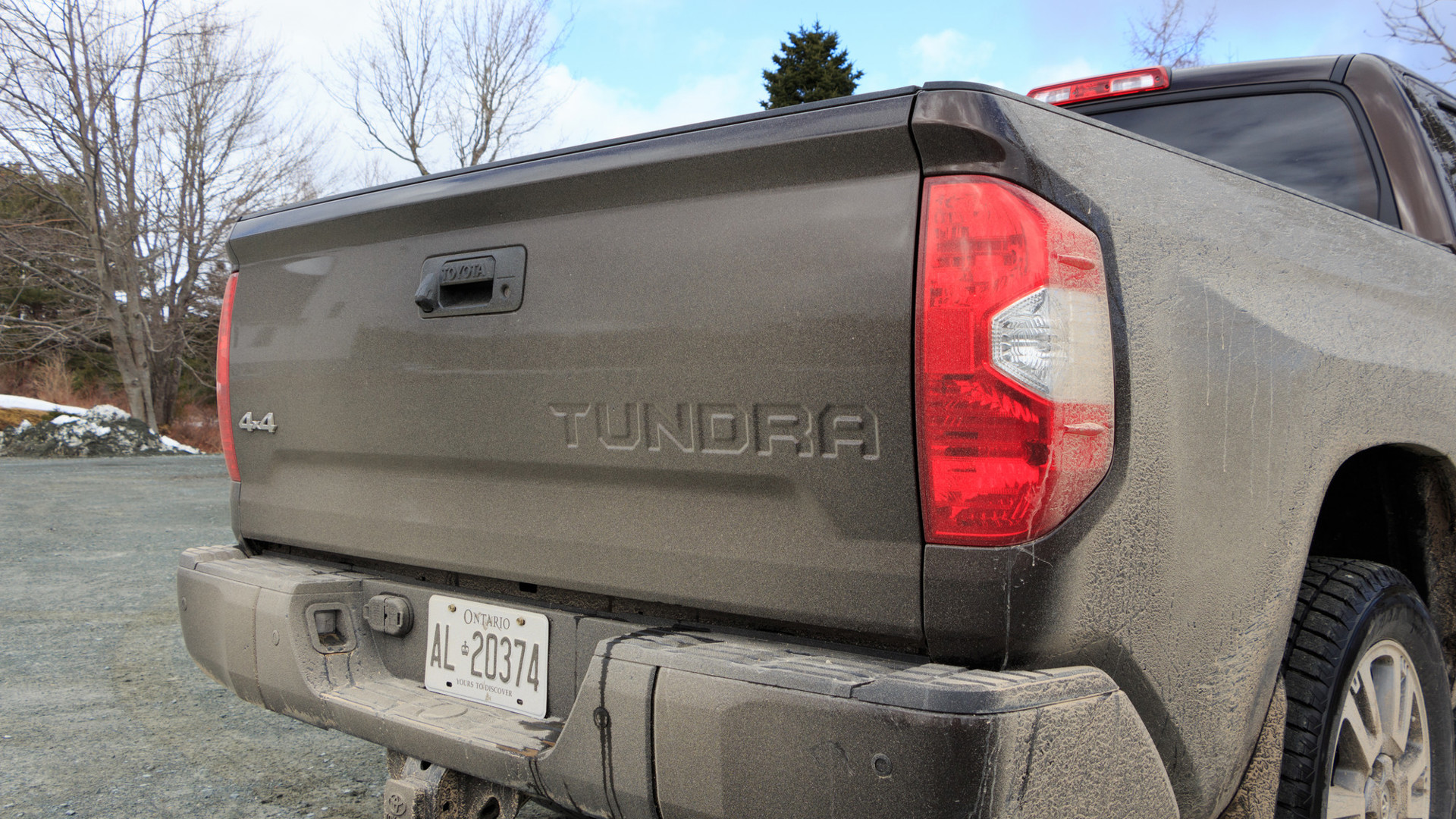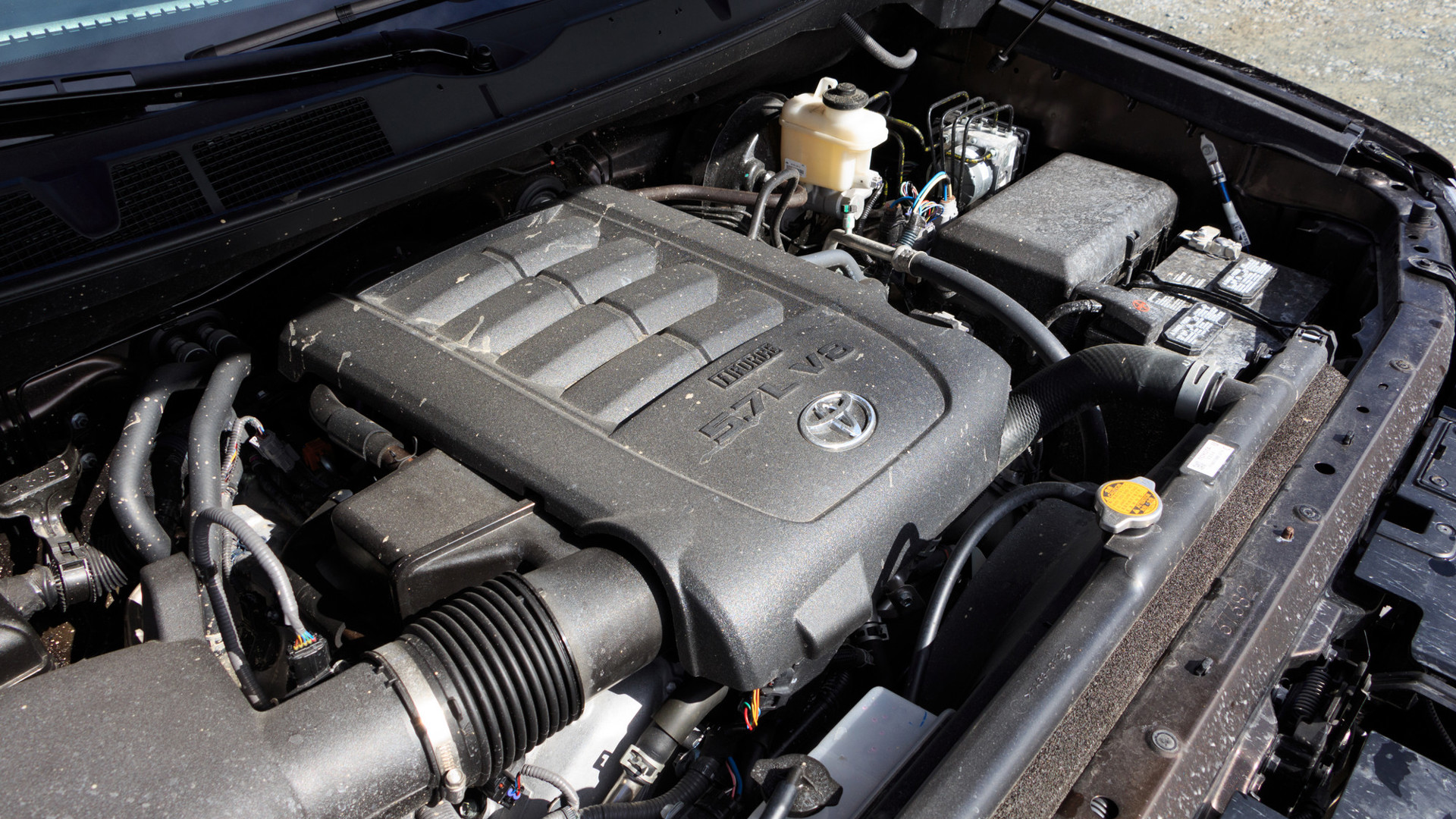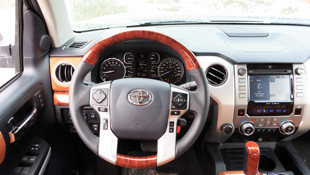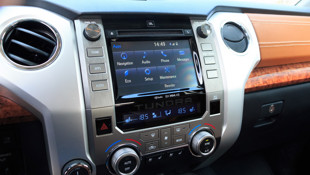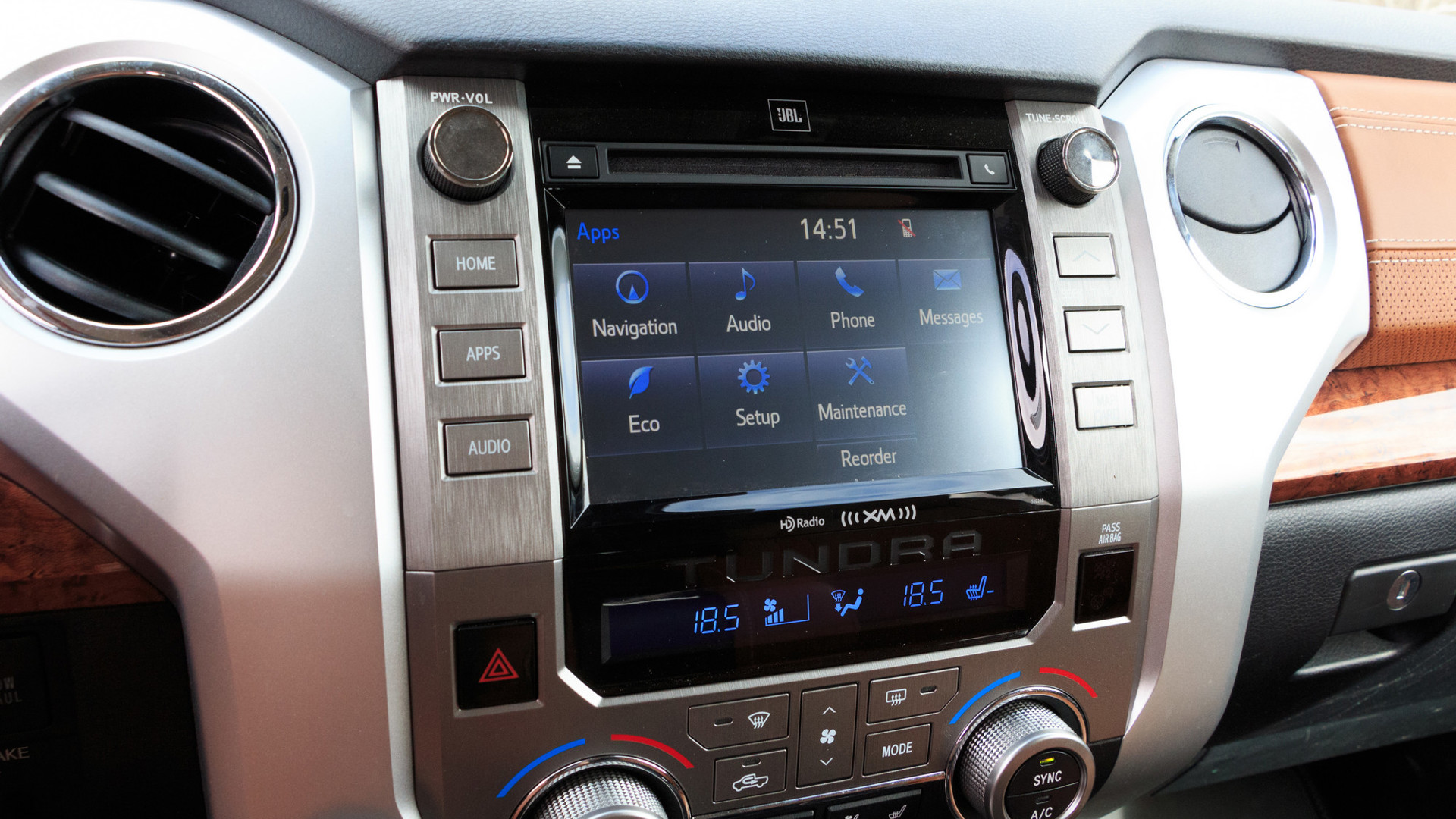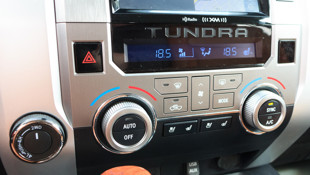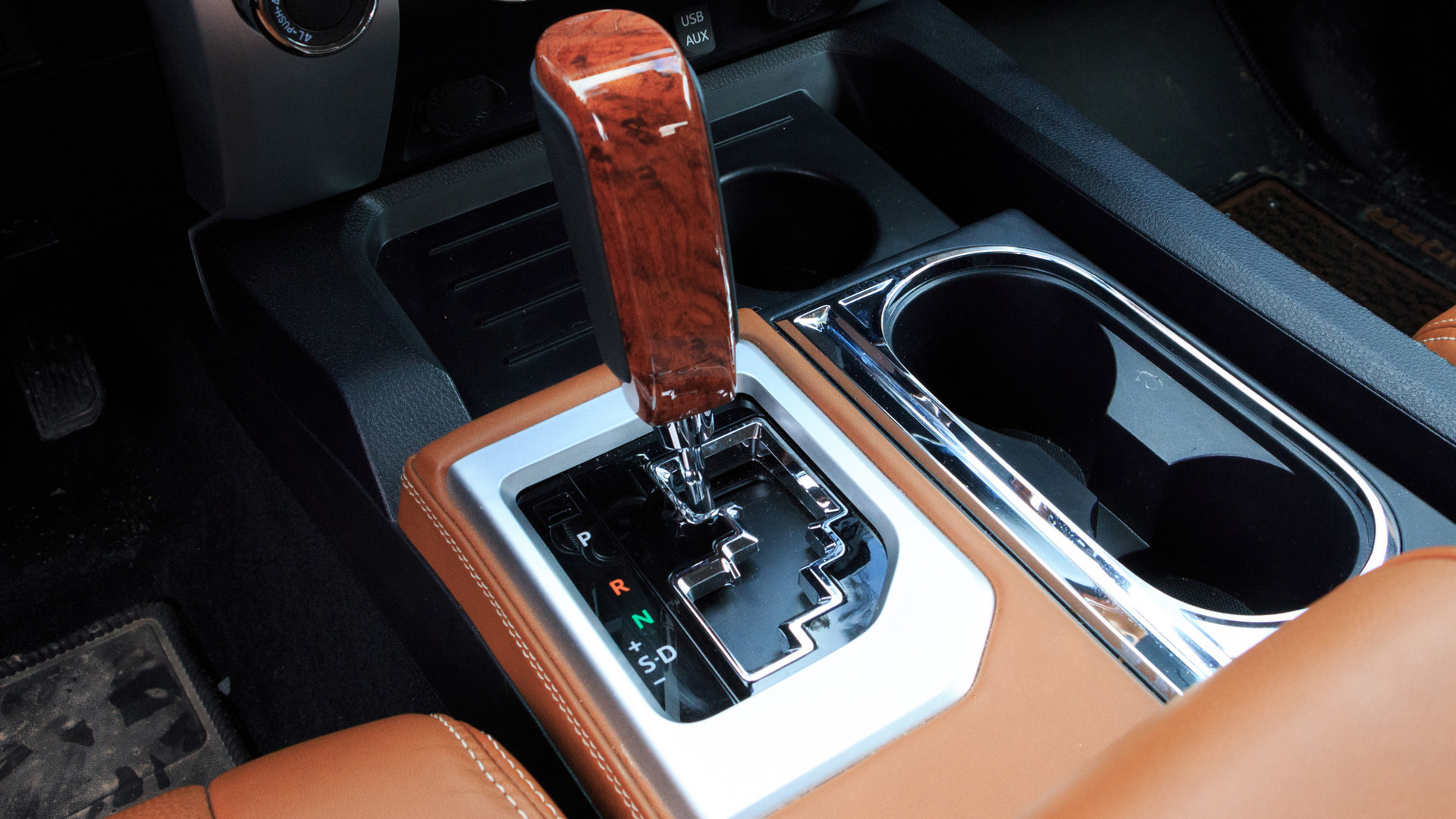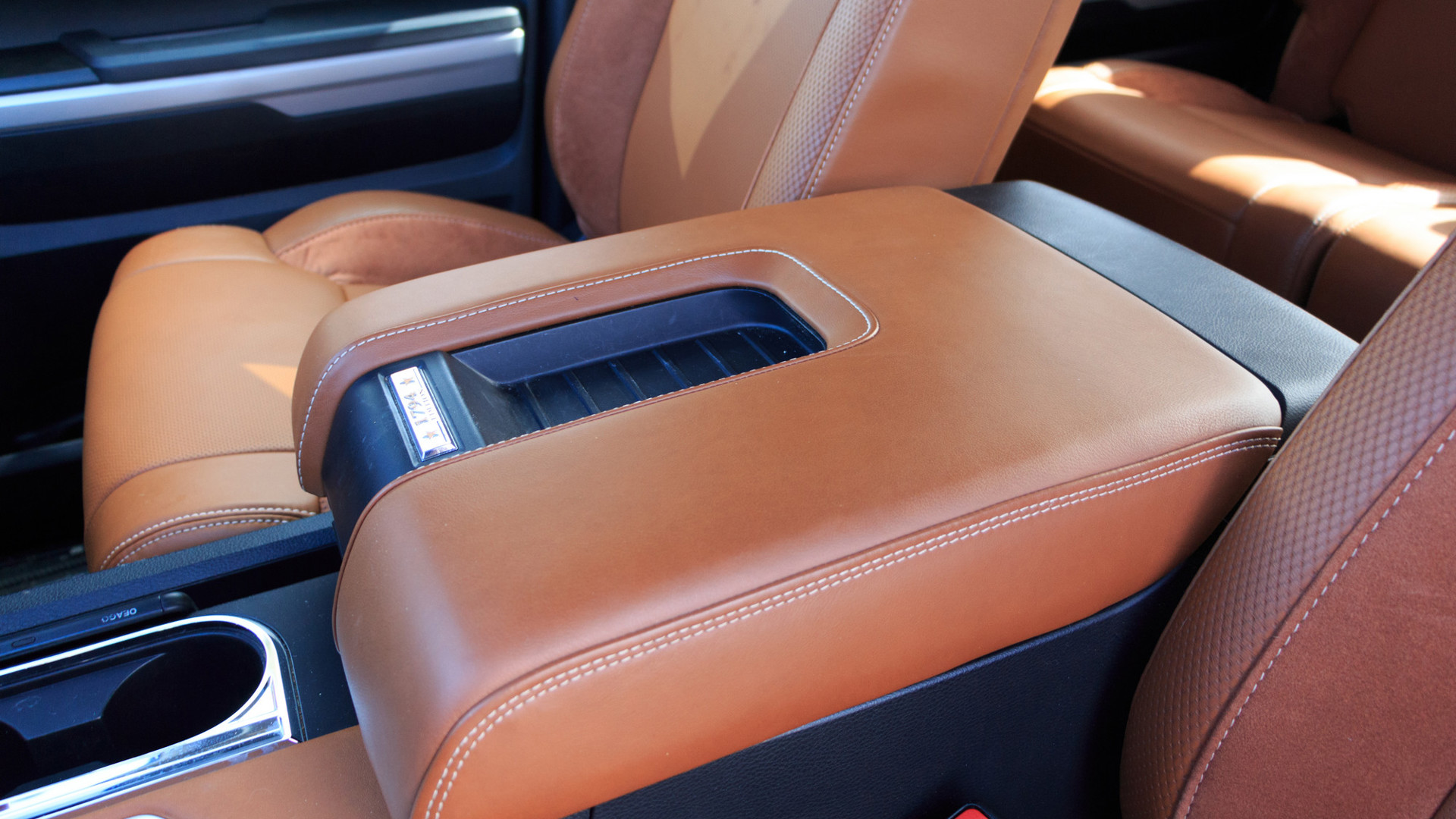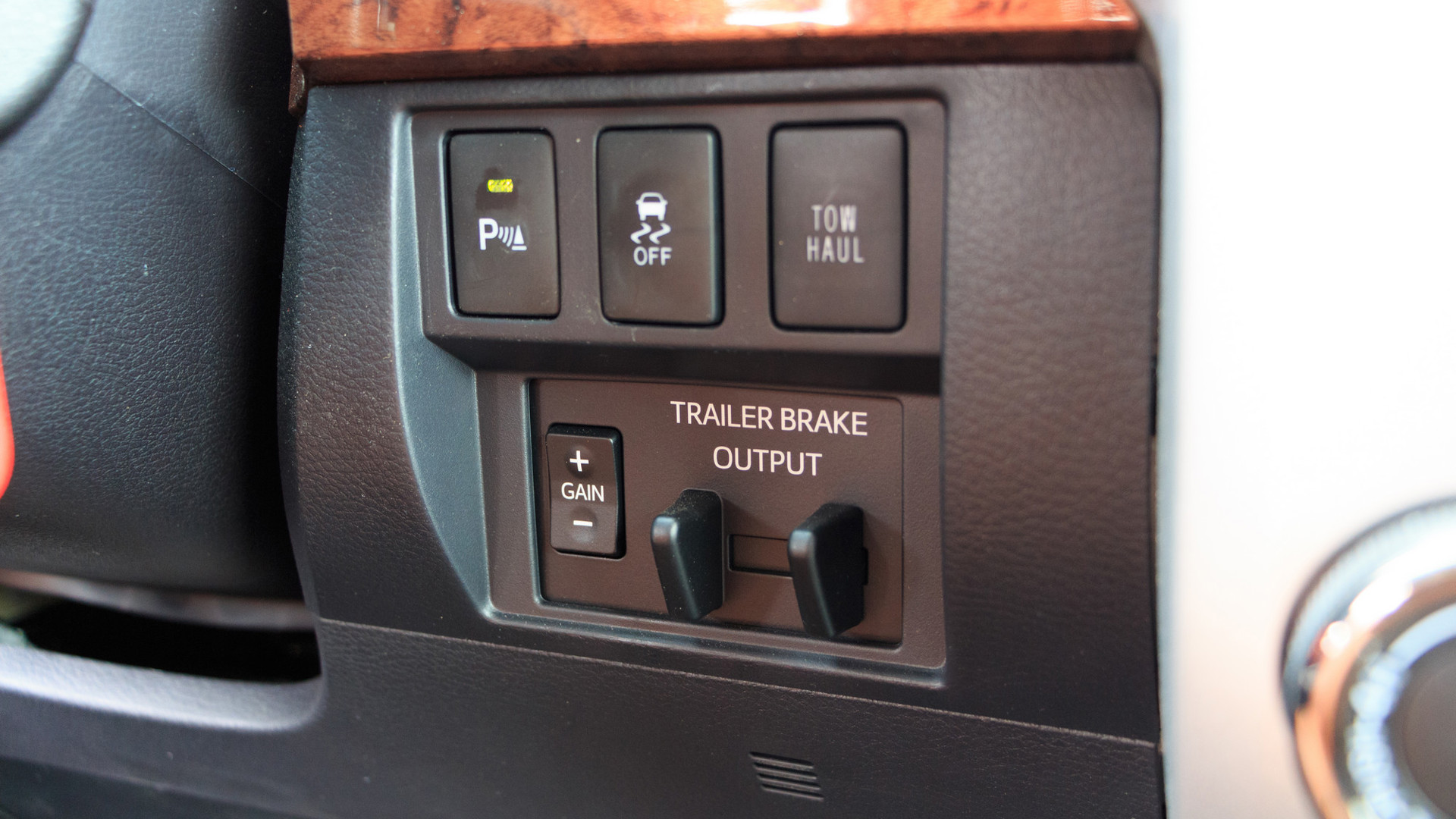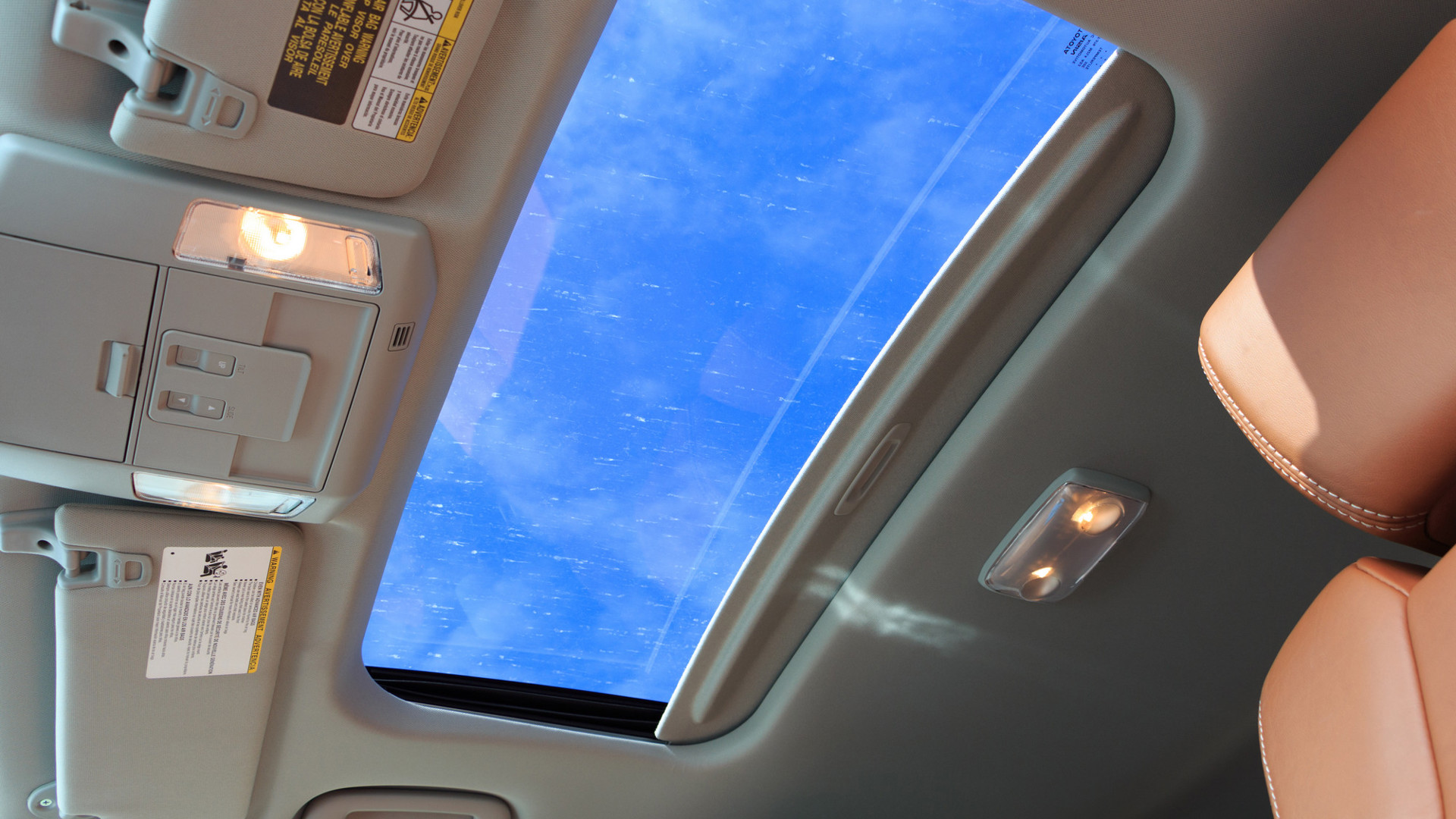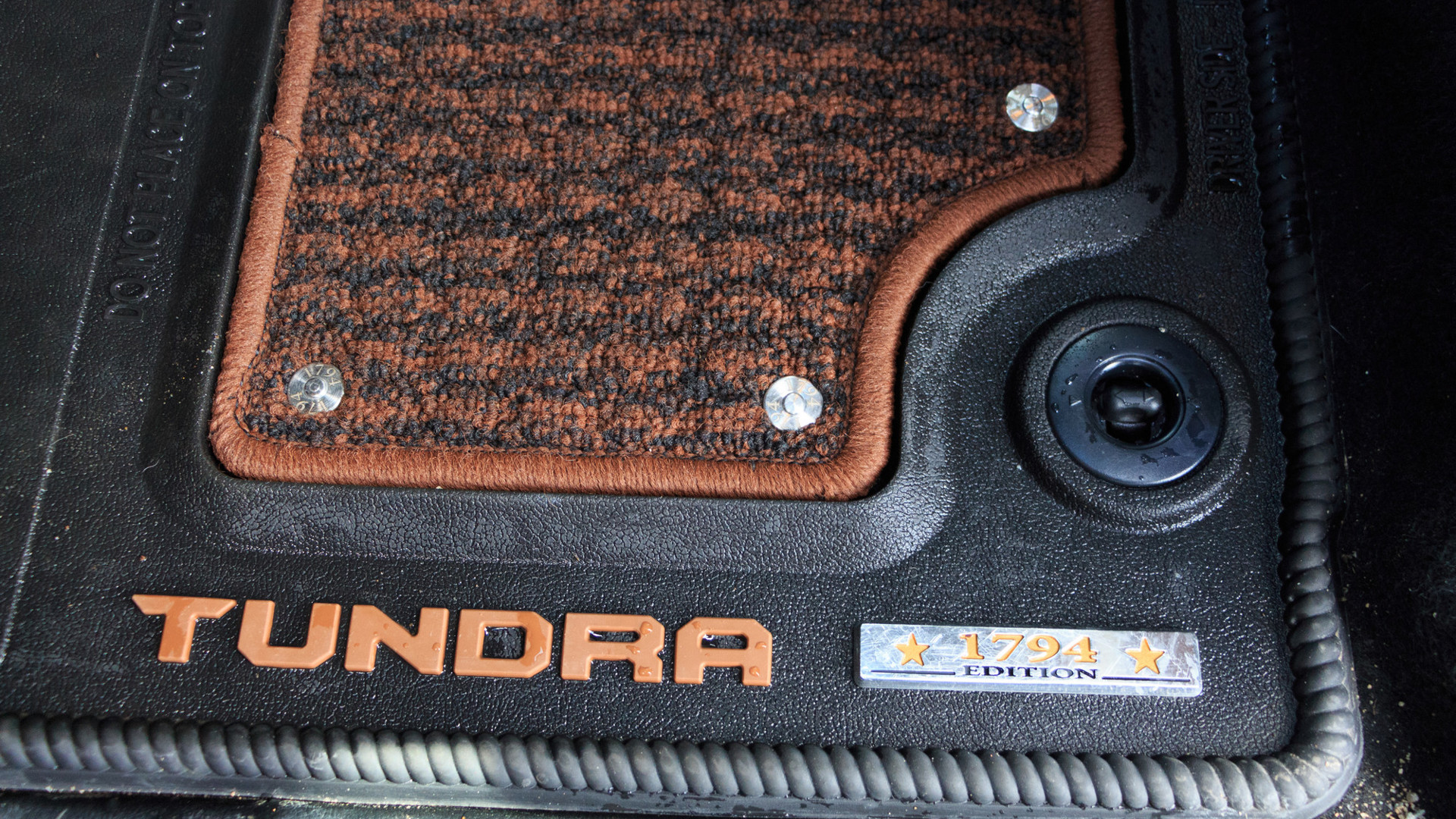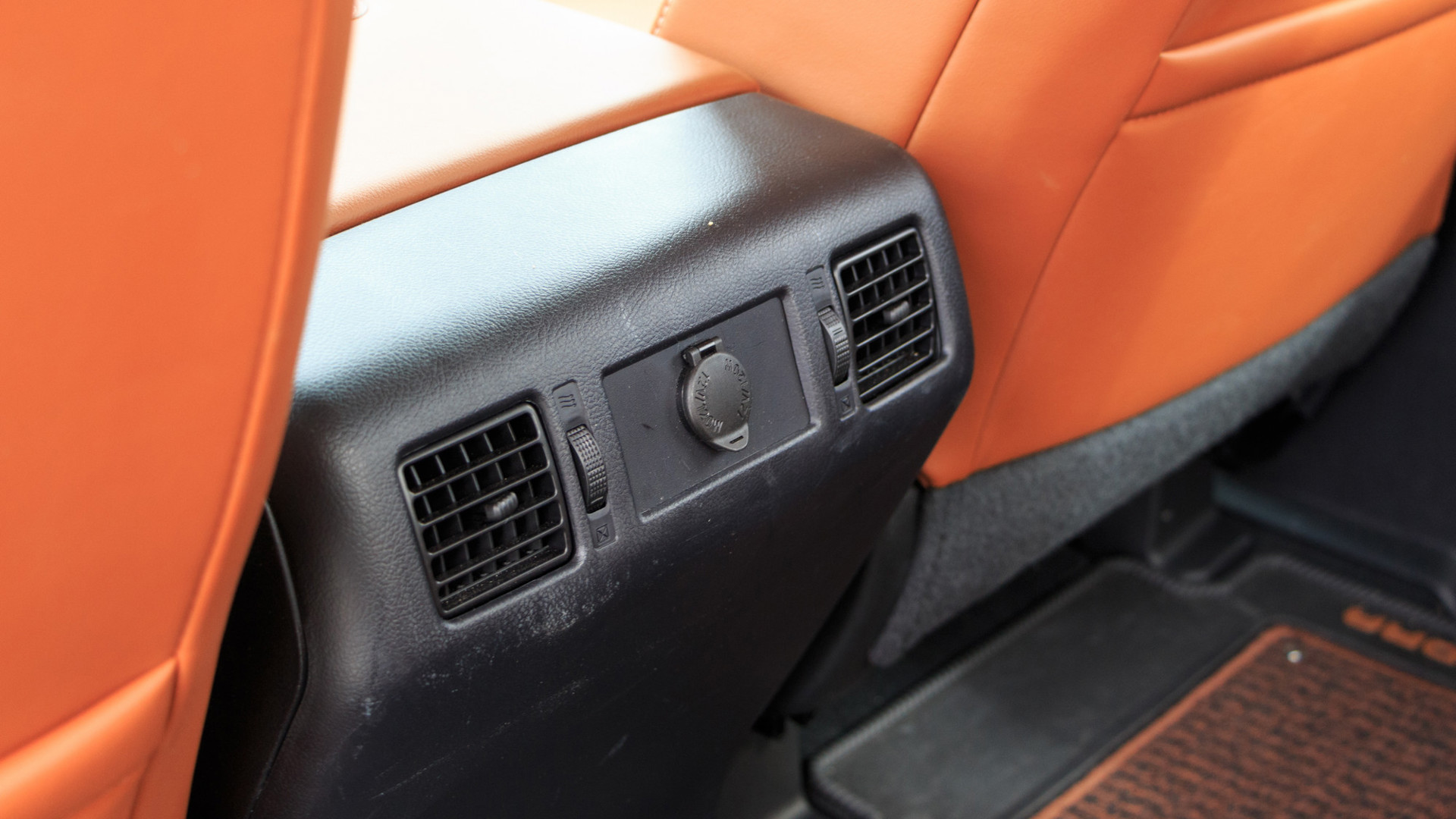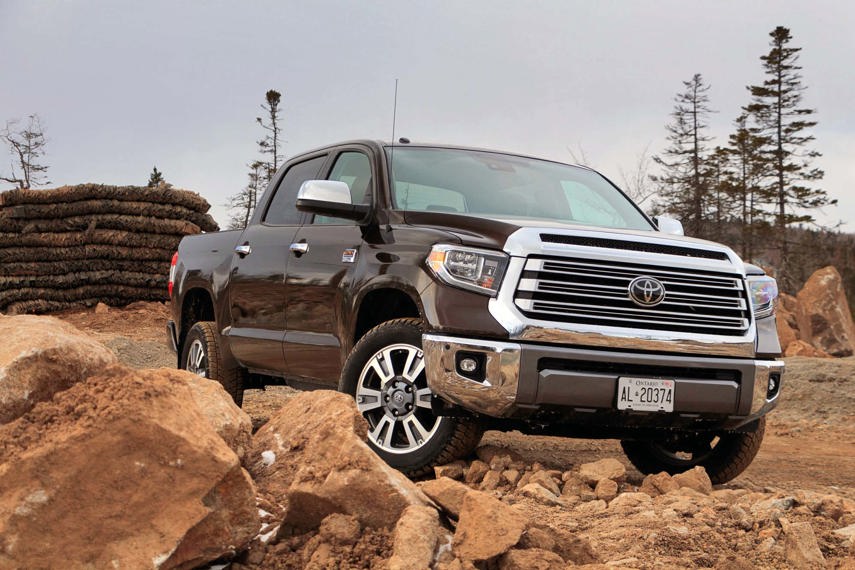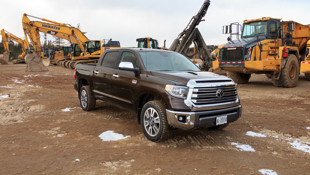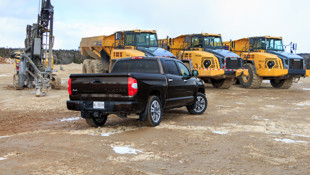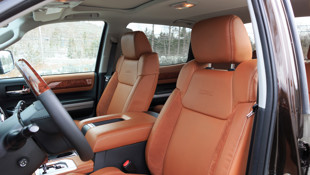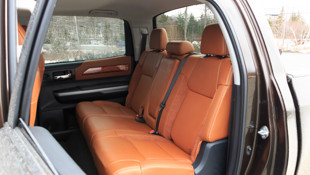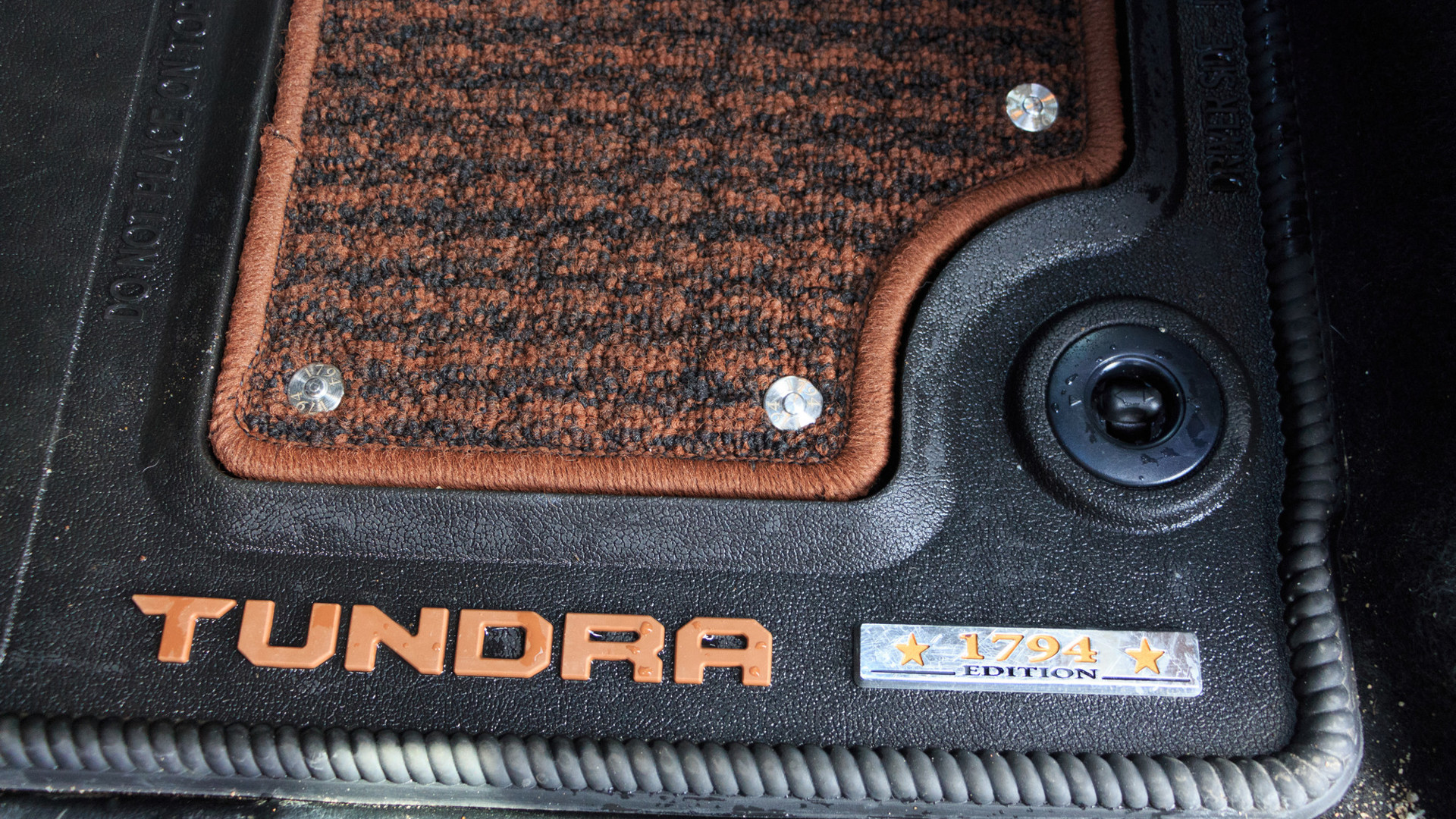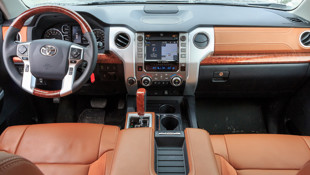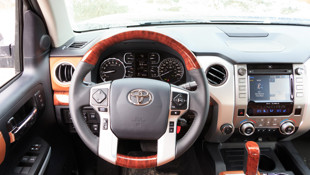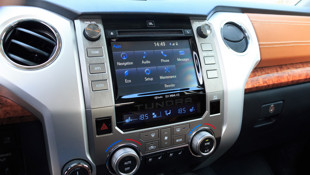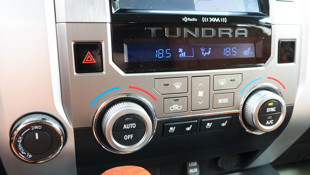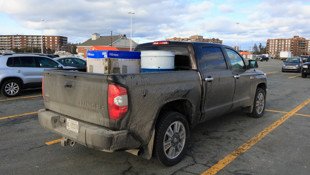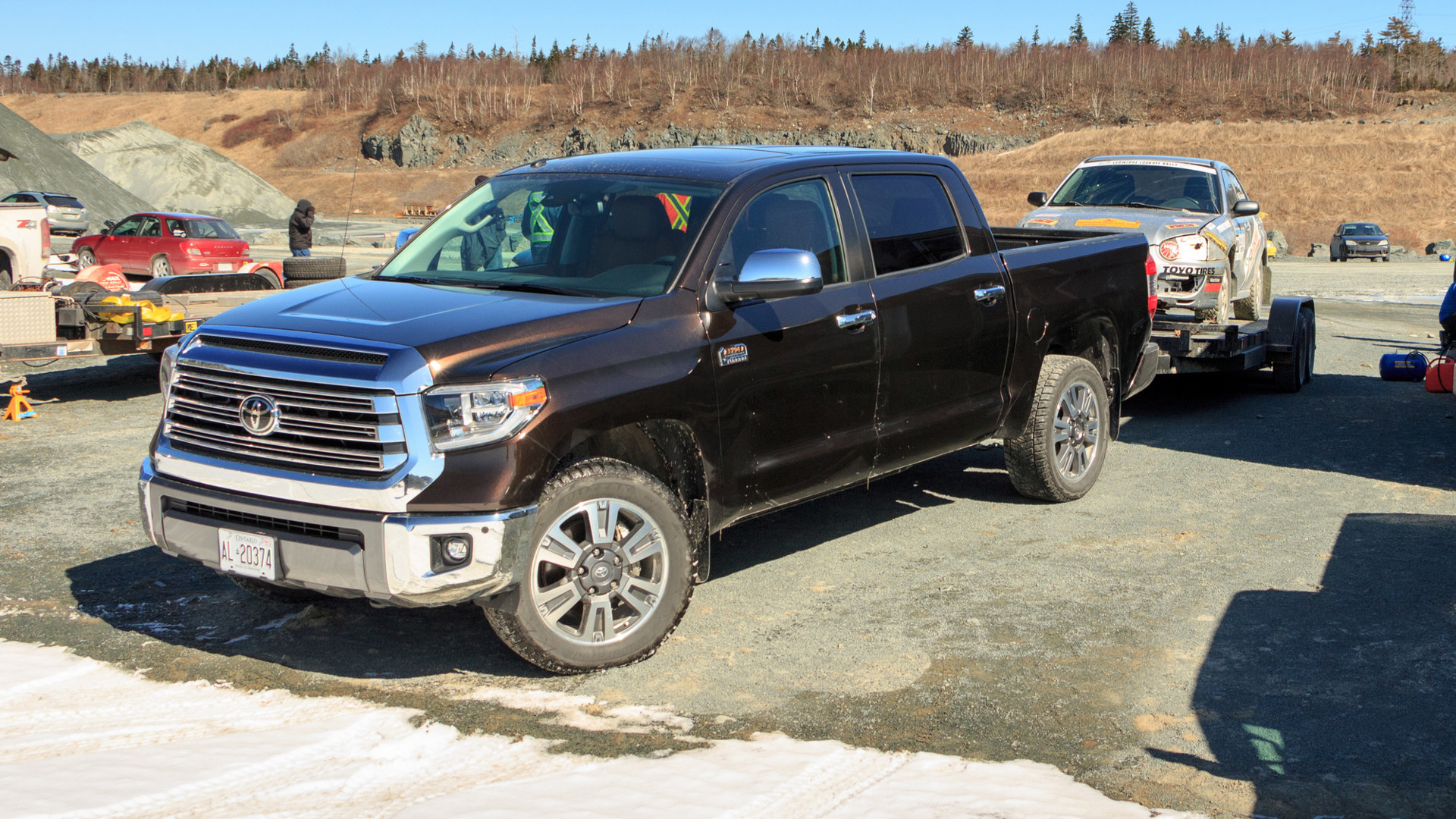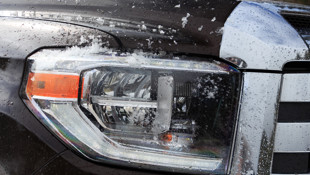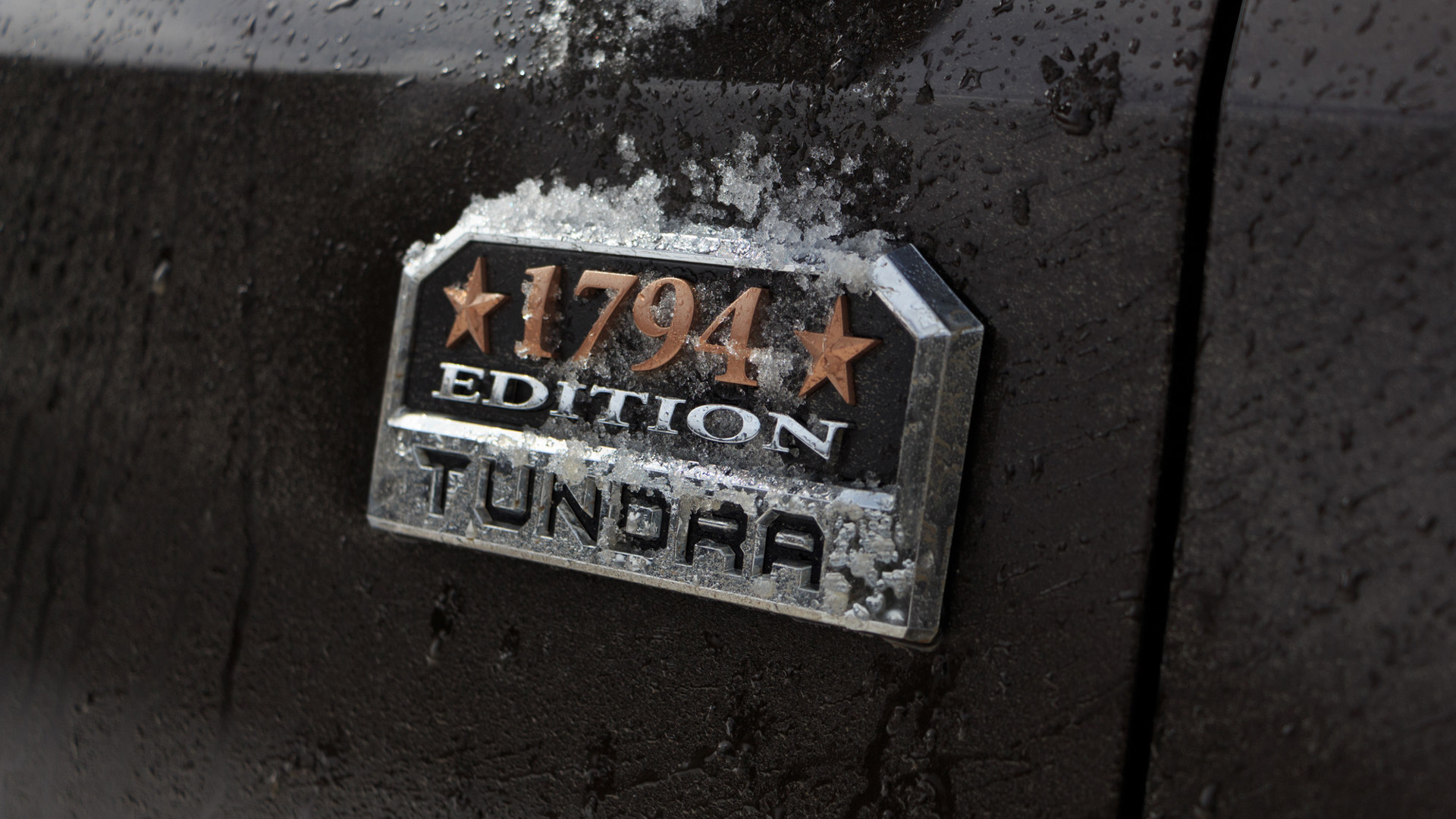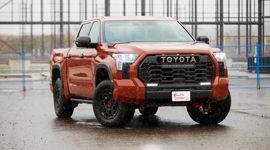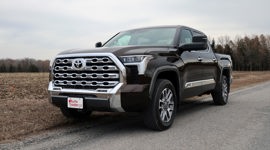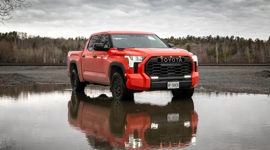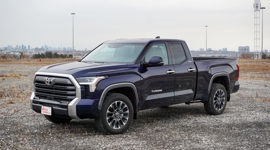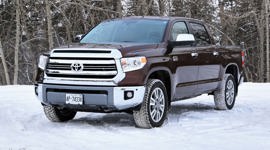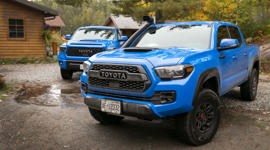 AutoTrader SCORE
AutoTrader SCORE
-
STYLING7/10
-
Safety8/10
-
PRACTICALITY7/10
-
USER-FRIENDLINESS7/10
-
FEATURES6/10
-
POWER7/10
-
COMFORT8/10
-
DRIVING FEEL8/10
-
FUEL ECONOMY5/10
-
VALUE8/10
1794. A commission is established to settle Canada/US border disputes. Eli Whitney patents the cotton gin. The Oban distillery is built. American industrialist Cornelius Vanderbilt is born. And in the southern part of Texas, Col. Juan Ignacio Perez de Casanova was granted some land.
The Tundra takes the unfortunate title of being the oldest full-size truck.
Ignacio named his land el Rancho de la Purísima Concepción. For seven generations, the family weathered wars, droughts, and floods to keep it as a working ranch. In 1986, the JLC ranch, as it came to be known, was named the oldest working ranch in Texas. No small feat, that. Then, as the ranch was failing due to increasing regulation and an expanding city of San Antonio no longer wanting cattle on land it was building around, the ranch found a new beast to raise. Toyota purchased the land for the one thing that might be more American than Texas cattle: pickup trucks.
It's to recognize that ranch that the 2018 Toyota Tundra wears the 1794 badge on its top-spec model. The leather, suede, and bullet-casing floor mat trim call to the rich history of the land where now trucks are bolted together. It also gives the Tundra 1794 a name that spans its target market. From the frozen north to the tumbleweed south.
With the launch this year of an all-new truck from Ram, the Tundra takes the unfortunate title of being the oldest full-size truck. But while the bones aren't the newest, Toyota has made sure to give this truck enough updates to keep it fresh.
For 2018 that means a new nose with LED running lights. It also means big additions to the truck's active safety suite. The Tundra gets Toyota's Safety Sense P package, which means the truck has automatic headlights, lane-departure warnings with lane-keep assist, pre-collision system with pedestrian detection, and radar cruise control. All very useful features, all standard on even the base truck. It might not offer all of the fanciest electronics like Ford's trailer reversing knob, but putting all of the active safety features on all trims gives it a big advantage over the competition.
But this isn't the base truck. This is the 2018 Toyota Tundra CrewMax Platinum 5.7L: The 1794 Edition. A name too long for even the biggest western belt buckle means it's the fanciest pickup Toyota offers. And it's equipped that way. This truck is filled with a ranch's worth of leather. The seats use a combination of brown leather and soft suede that looks and feels soft. The theme is carried over to the dashboard, which is trimmed in the same leather and suede as the seats, with the addition of wood veneer from some of the finest faux trees. 1794 badges adorn the floor mats and center console, along with the 1794-stamped faux bullet-casing rivets on the mats. On the outside, the 1794 gets dinner-plate sized badges, a chrome grille, and chrome bumper ends.
The infotainment system uses a 7.0-inch screen, even on this model equipped with navigation. In the truck's big dash, that screen looks tiny. Especially against the Ram's new 12-inch display. The system uses Toyota's own infotainment system. It looks dated, and suffers from Toyota's long-running decision to avoid Apple CarPlay and Android Auto. But it still has Bluetooth audio, and it runs smoothly. (Buyers looking for more than one USB port, though, may need to look elsewhere.) That system plays through a 12-speaker JBL stereo that lets you play both kinds of music with great clarity, if not many decibels.
The cabin offers heated and ventilated seats, along with dual-zone climate control and rear-seat vents. The driver's seat gets the one thing I wish that all front seats offered: an adjustable thigh bolster. In some other trucks, like the Nissan Titan and Ford F-150, I'm perched on the edge of the seat, half expecting to fall off. Adjustable thigh support lets the seats fit tall passengers as well as shorter passengers, and it's greatly appreciated. What this truck was lacking was a step bar, something that it desperately needs for most drivers. Even for me, at six-foot-three, the cab was a bit of a climb. My much shorter wife would not like me to mention her struggles to climb up into the Tundra.
The CrewMax trim trades bed length for cabin space: 305 mm of bed for 193 mm of legroom, and it makes for an absolutely cavernous second row. NBA-grade knee room. The rear seats fold upward, which leaves a mostly flat floor space that is big enough for you to transport cattle.
The shorter bed won't win points if you're trying to haul long objects, but nearly all of the big cab trucks have the same short-box issue. The Tundra's party trick helps you keep longer cargo from overhanging the bed: it lets you roll down the entire rear window. Drop the rear glass, open the sunroof, and lower the windows and the Tundra has nearly as much airflow as a convertible. Put longer objects in through the window and they stay out of traffic.
The Tundra offers a choice of V8s. A smaller 4.6L engine and a 5.7L version. The CrewMax comes with the 5.7L engine standard, and it offers 381 hp with 401 lb-ft of torque. The engine sounds more like a diesel than a big V8 at lower engine speeds, thanks mostly to a very loud cooling fan, but sounds suitably truck-V8 rumbly as RPMs ramp up and throttle openings widen. It's backed by a six-speed automatic with tow-haul mode. The gearbox is quick to shift down, and holds gears well when the truck is loaded with cargo.
While it offers good power, the engine is one of the areas where the Tundra shows its age. This engine doesn't offer direct injection or cylinder displacement, and the gearbox only has six-speeds. This truck is rated for 18.0 L/100 km city and 16.4 highway, which makes it one of the thirstiest of the full-size trucks.
The Tundra rides and drives like a full-size truck. It has the jiggly ride that comes with rear leaf springs, massive sidewalls, and the ability to haul 535 kg and tow 3,992 kg (8,800 lb). It absorbs even the worst craters that late-winter roads have to offer without jarring occupants, but it never really flattens out on smooth pavement. Steering is numb and heavily assisted, but that's what you want when you're steering (and manoeuvring) 20-inch wheels and tall 285-width tires.
Toss the Tundra into a corner, though, and it will surprise you. The truck rolls, but still corners flatter than anything this large should manage. It hangs on in curves, carrying more speed more comfortably through an off-ramp than many large SUVs. It's not a sports truck – although Toyota is bringing a TRD Sport trim that's designed to improve handling – but despite the busy ride it stays planted and connected in turns. With an empty bed, the rear doesn't skitter across bumps and expansion joints. With close to half a ton of appliances and snow in the bed, the rear end still stays where it should be.
The Tundra isn't the biggest truck or the most powerful, and it doesn't offer the fanciest gadgets. Even in 1794 trim, it's not the most luxurious. But it offers excellent value. The full active safety suite is standard regardless of trim, and this top-spec model is thousands less than the competition's loaded full-size pickups. The Tundra is a refined and capable truck – one that could use some fuel-saving tricks and Toyota's latest infotainment system.
| Engine Displacement | 5.7L |
|---|---|
| Engine Cylinders | 8 |
| Peak Horsepower | 381 @ 5,600 rpm |
| Peak Torque | 401 @ 3,600 rpm |
| Fuel Economy | 18/16.4 L/100 km City/Highway |
| Cargo Space | 5.5' Bed |
| Model Tested | 2018 Toyota Tundra CrewMax Platinum 1794 Edition |
| Base Price | $60,390 |
| A/C Tax | $100 |
| Destination Fee | $1,785 |
| Price as Tested | $62,775 |
|
Optional Equipment
$500 - 1794 Edition
|
|
